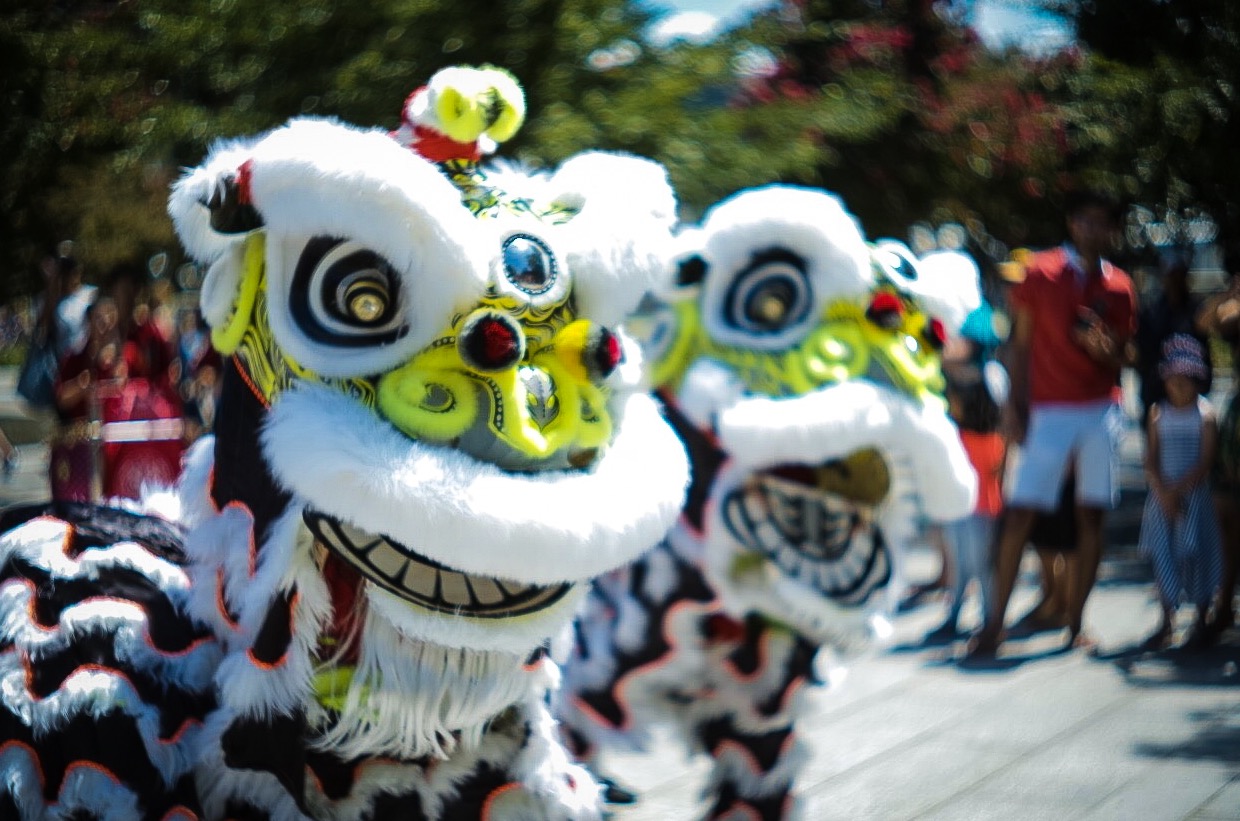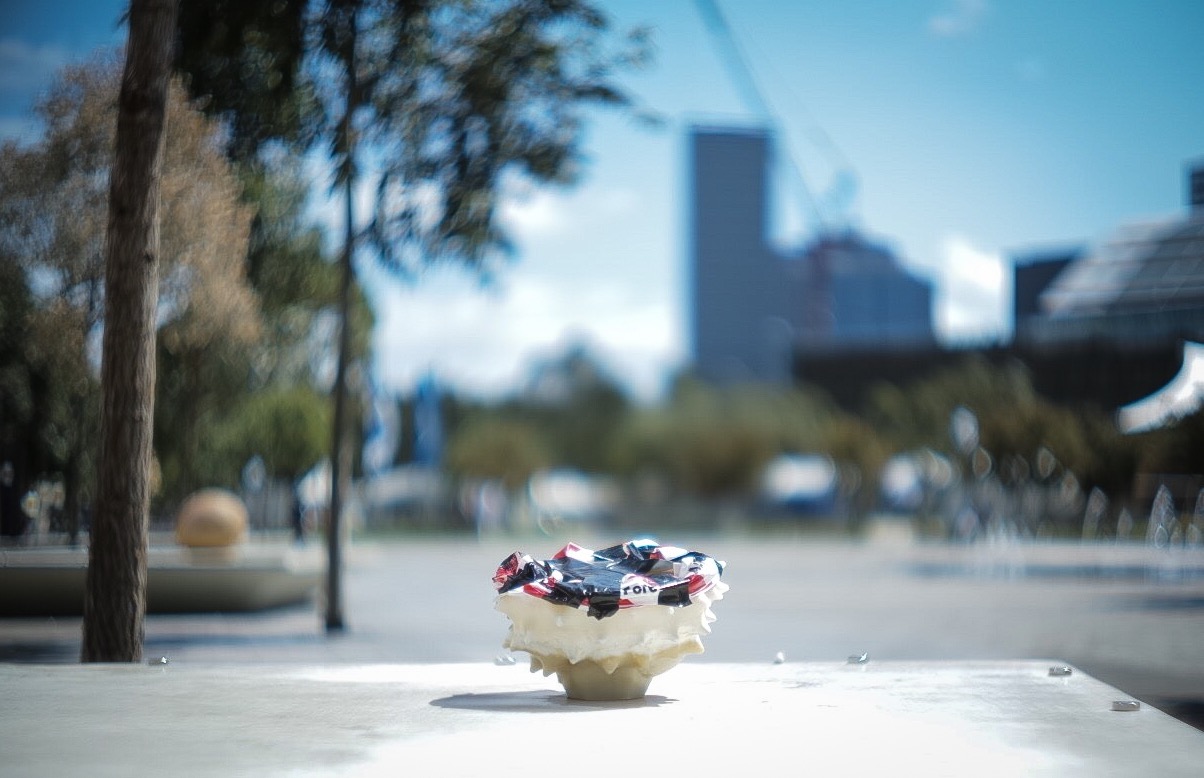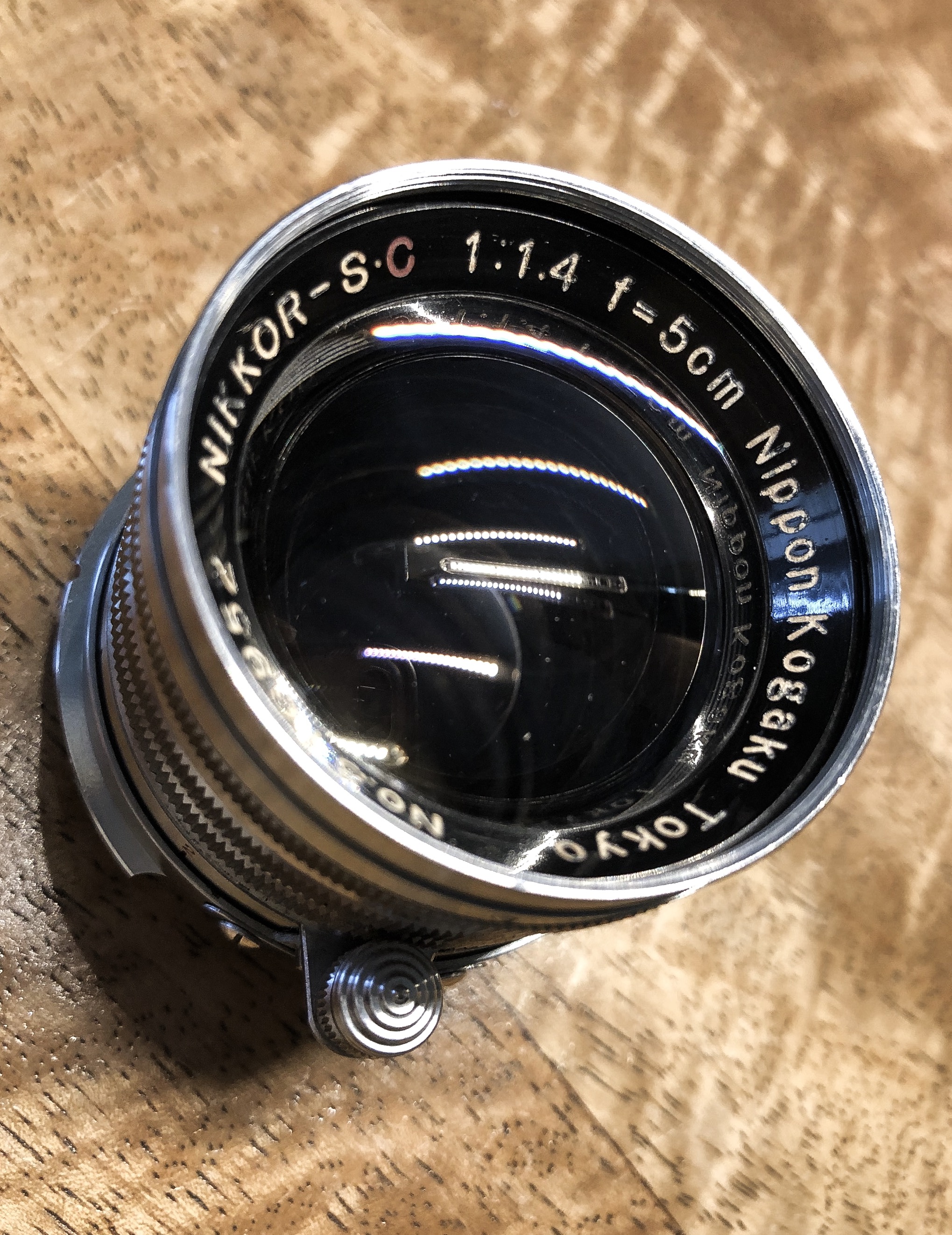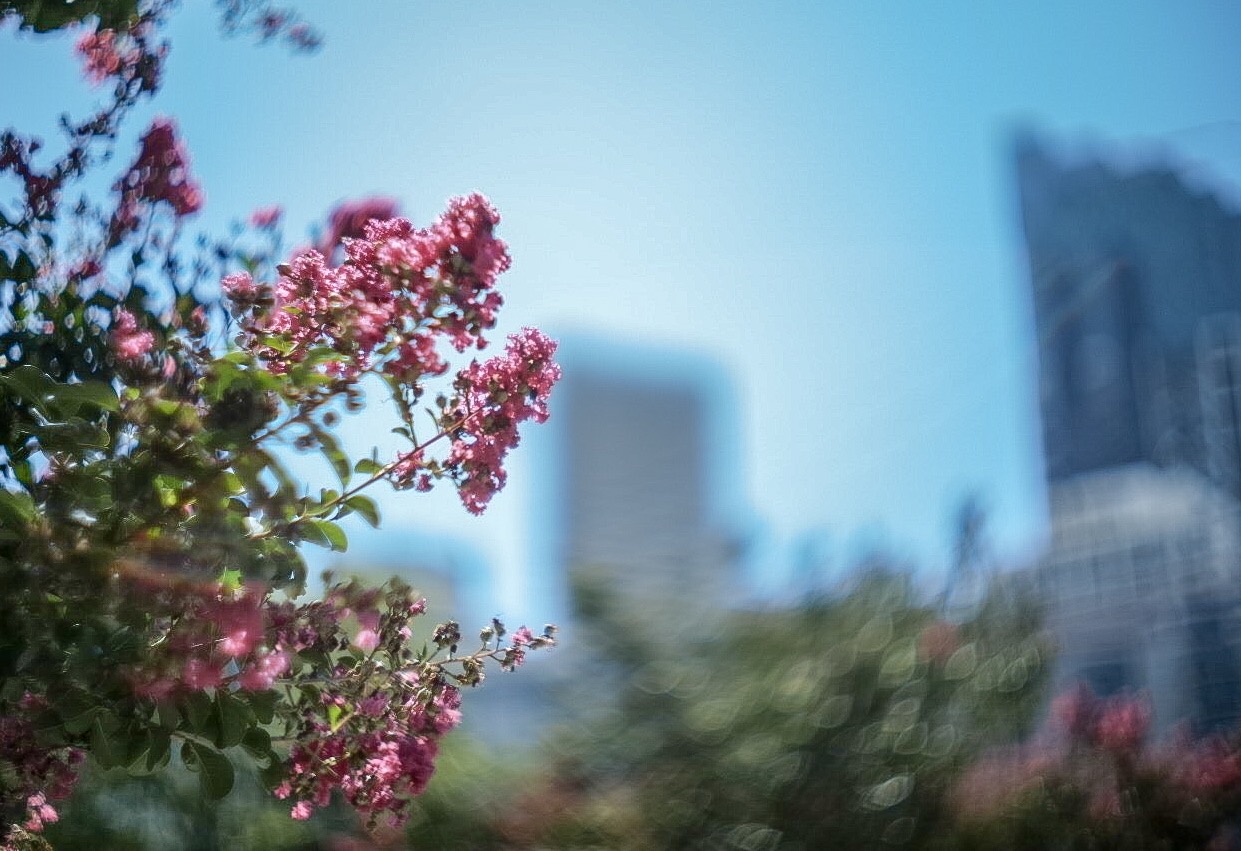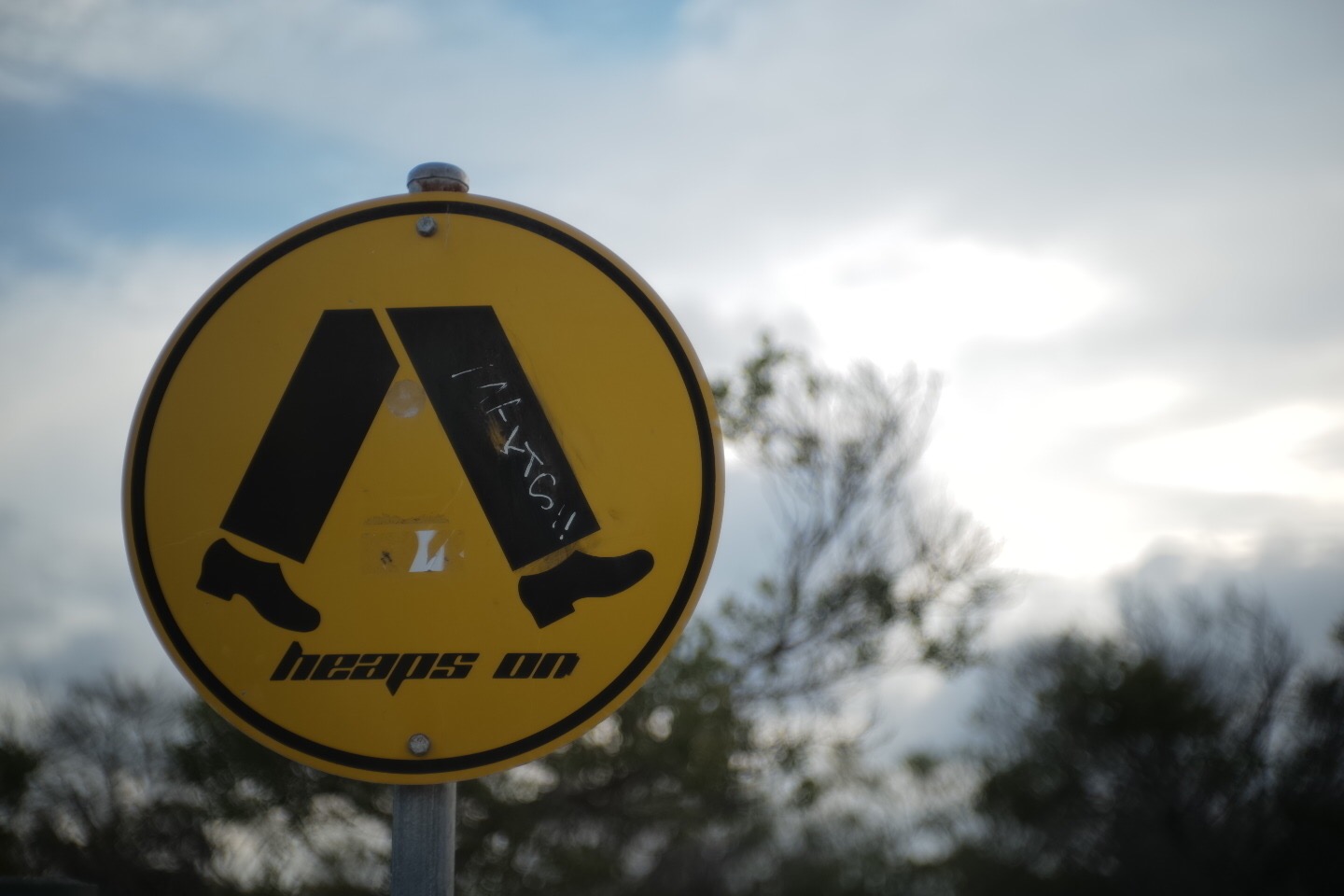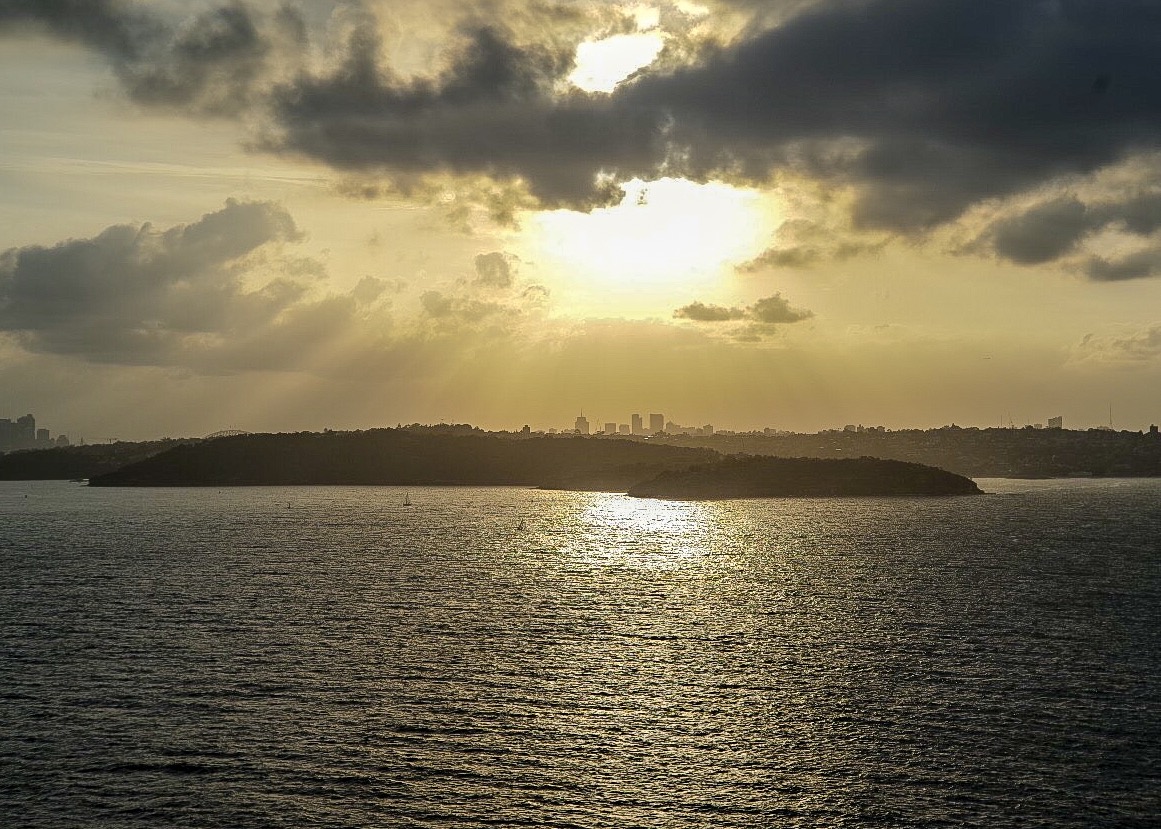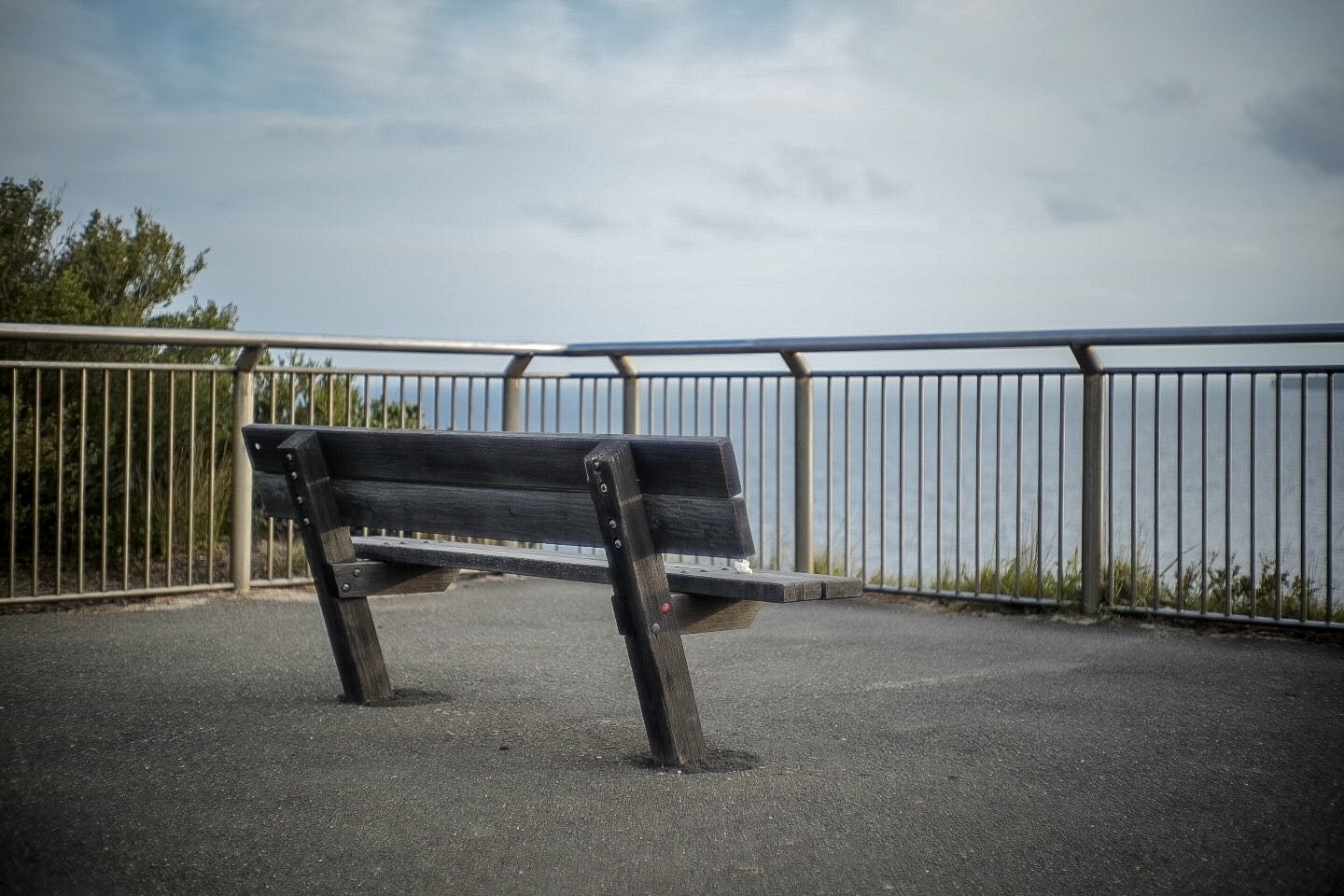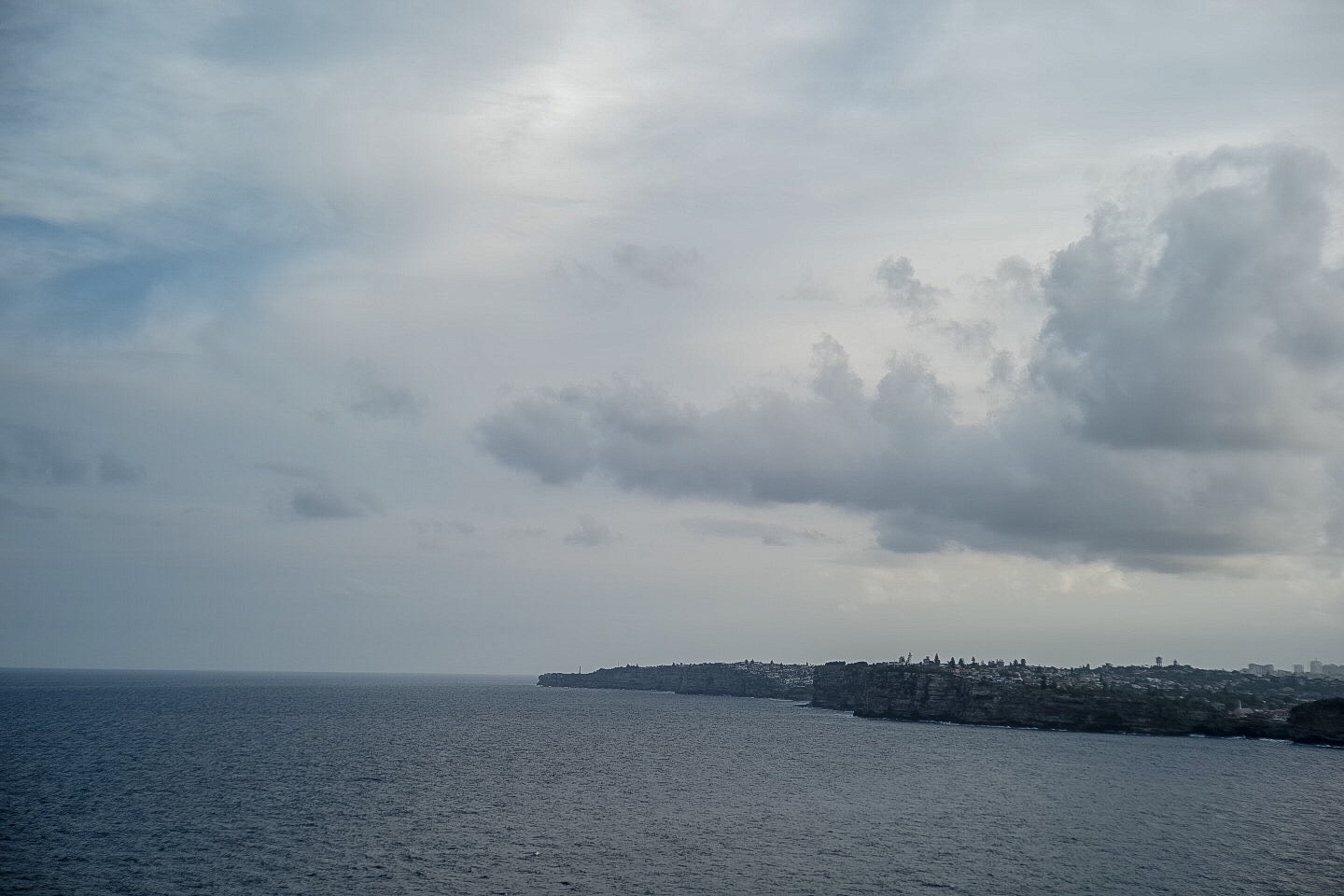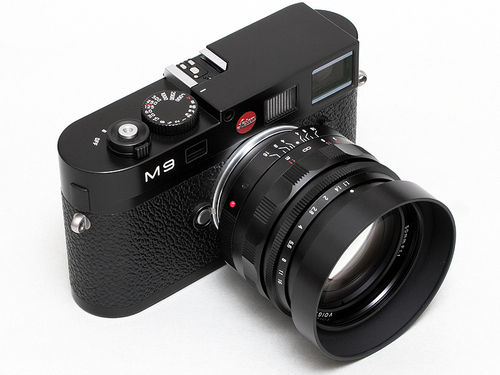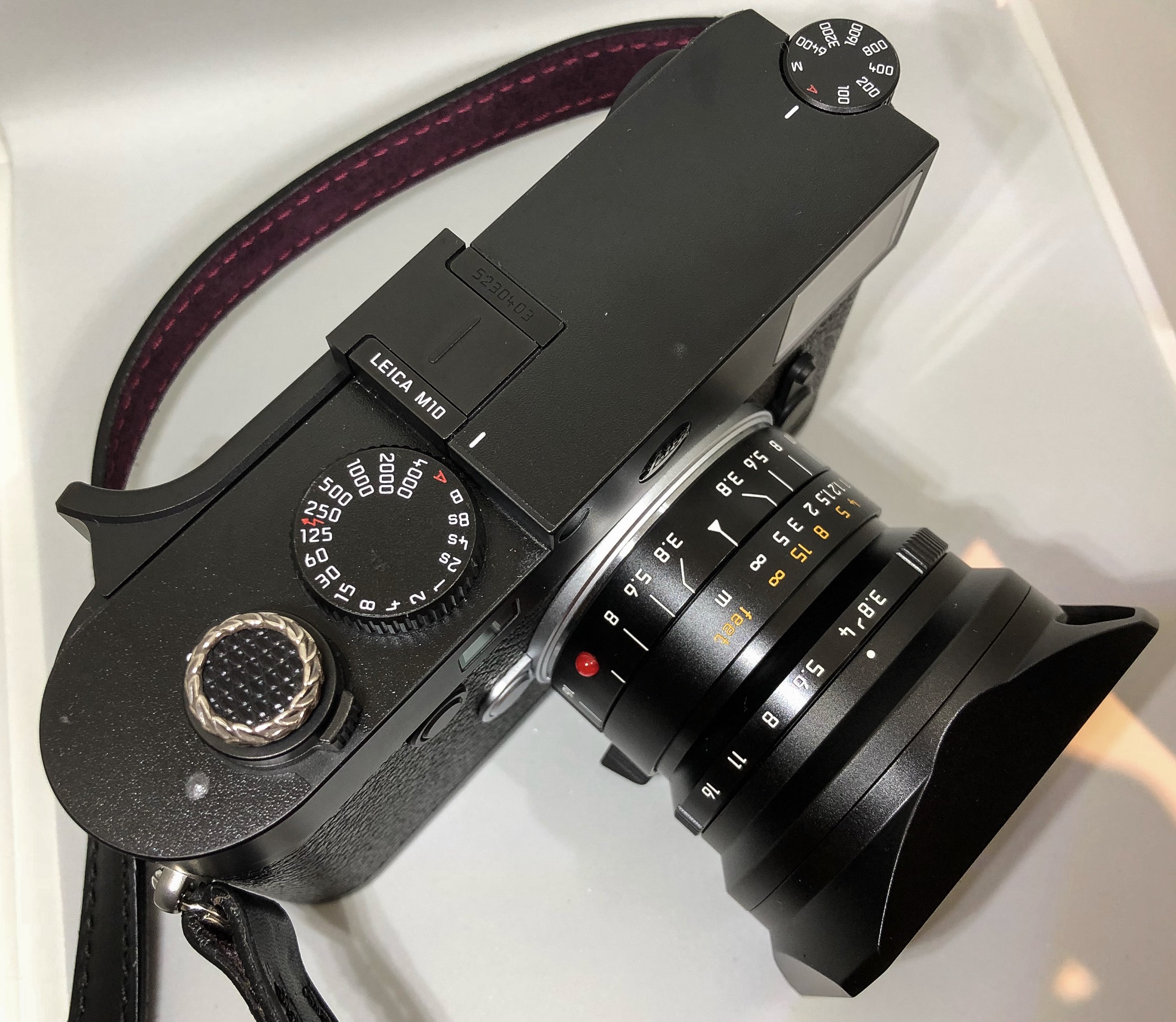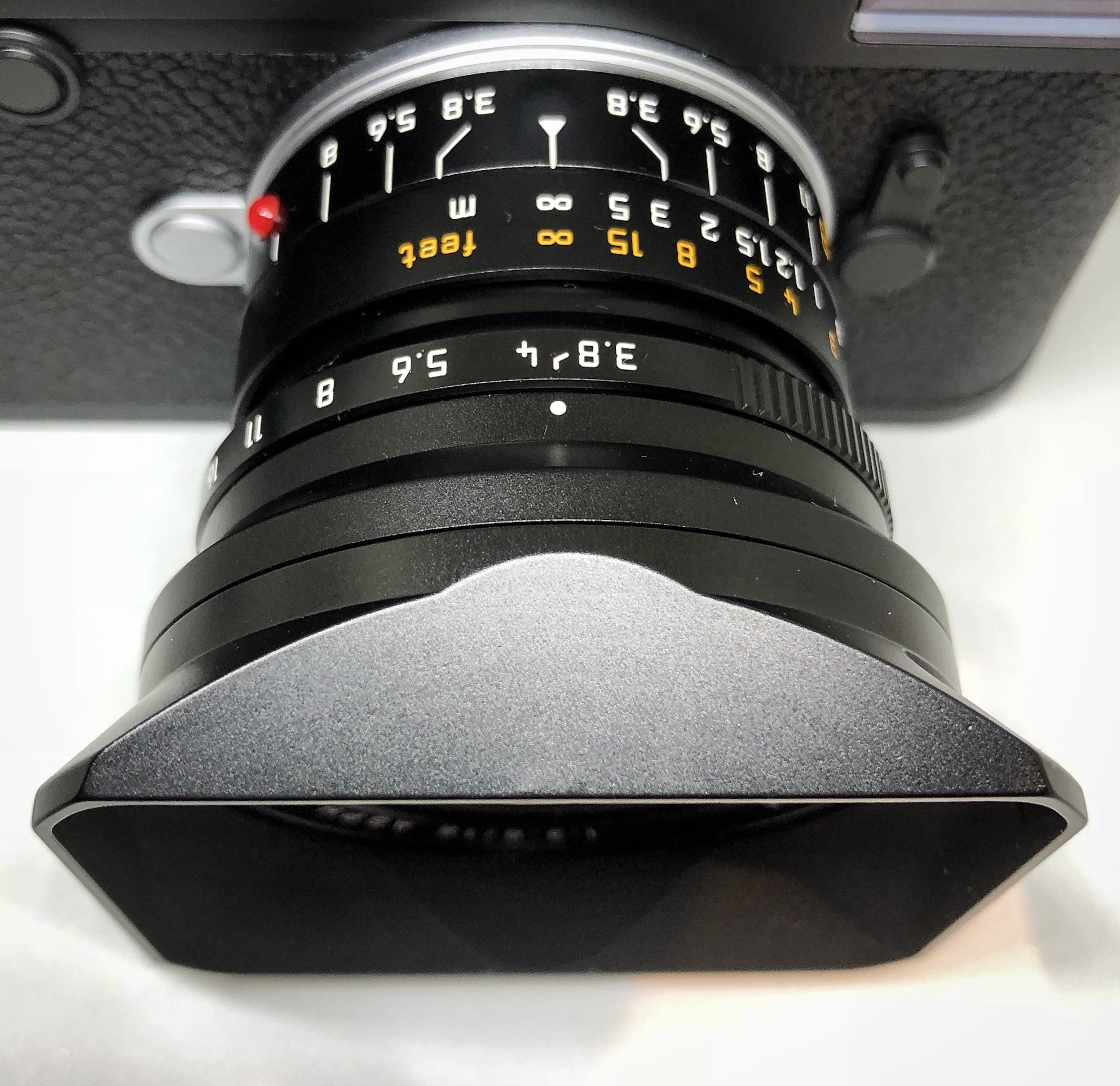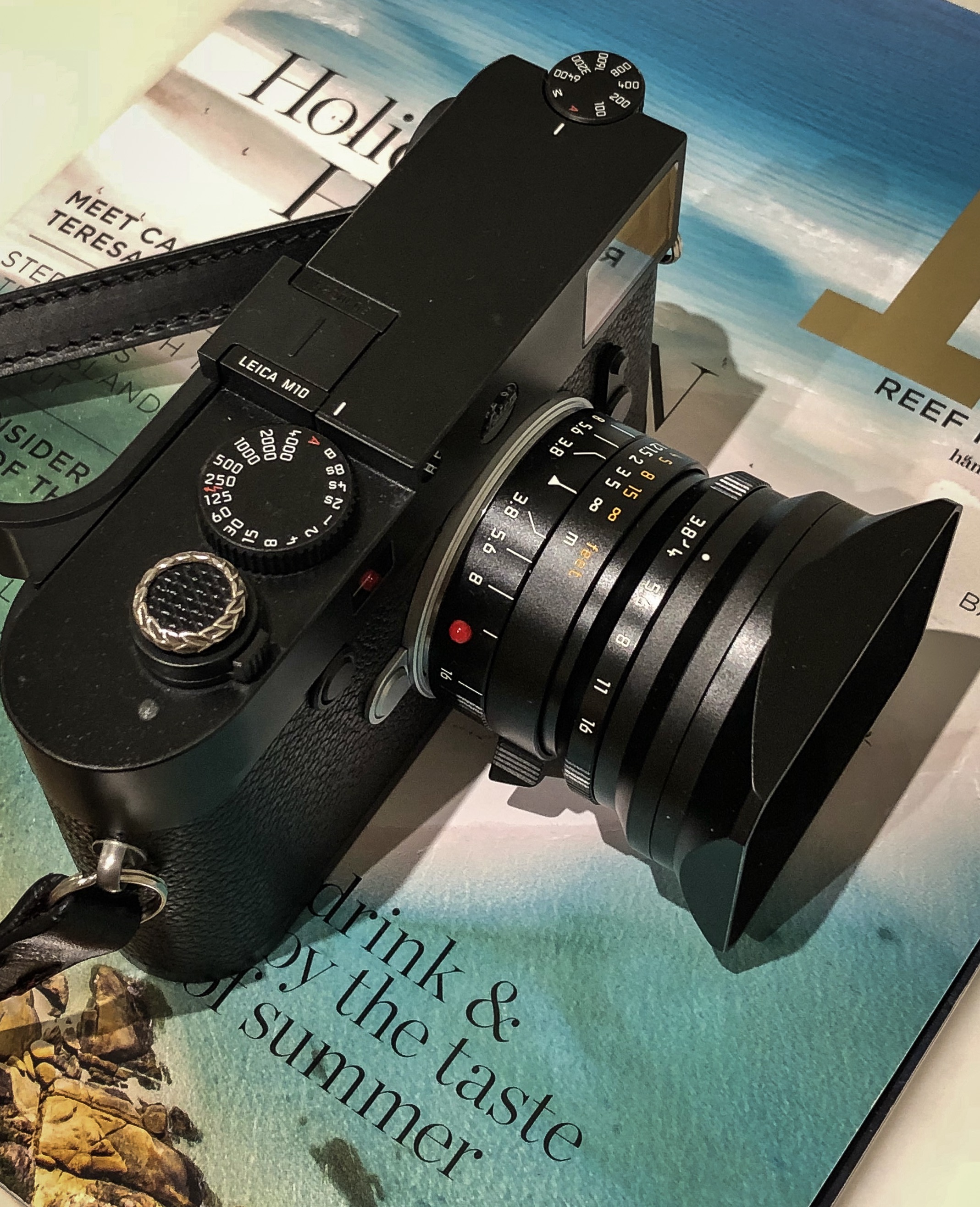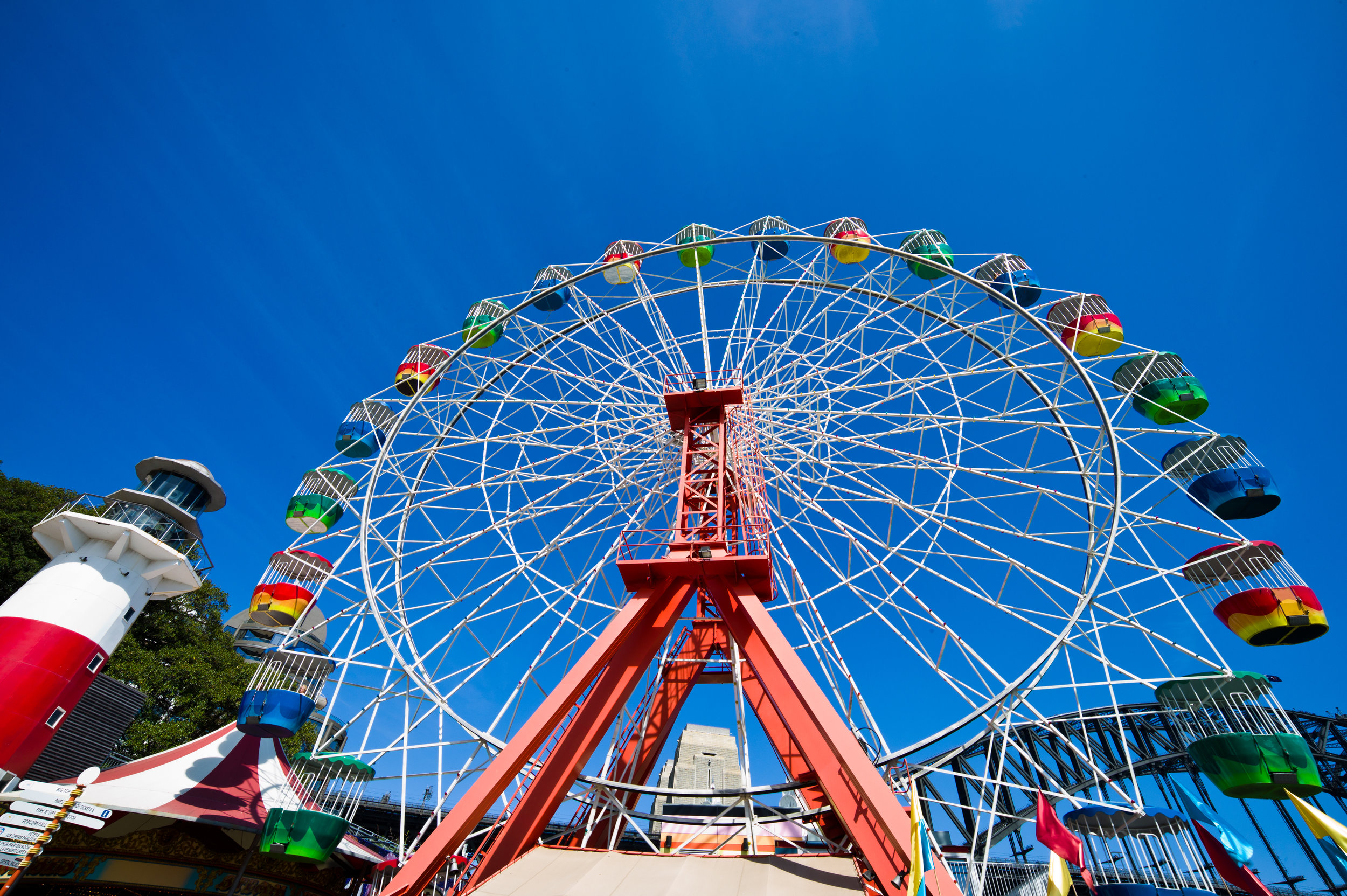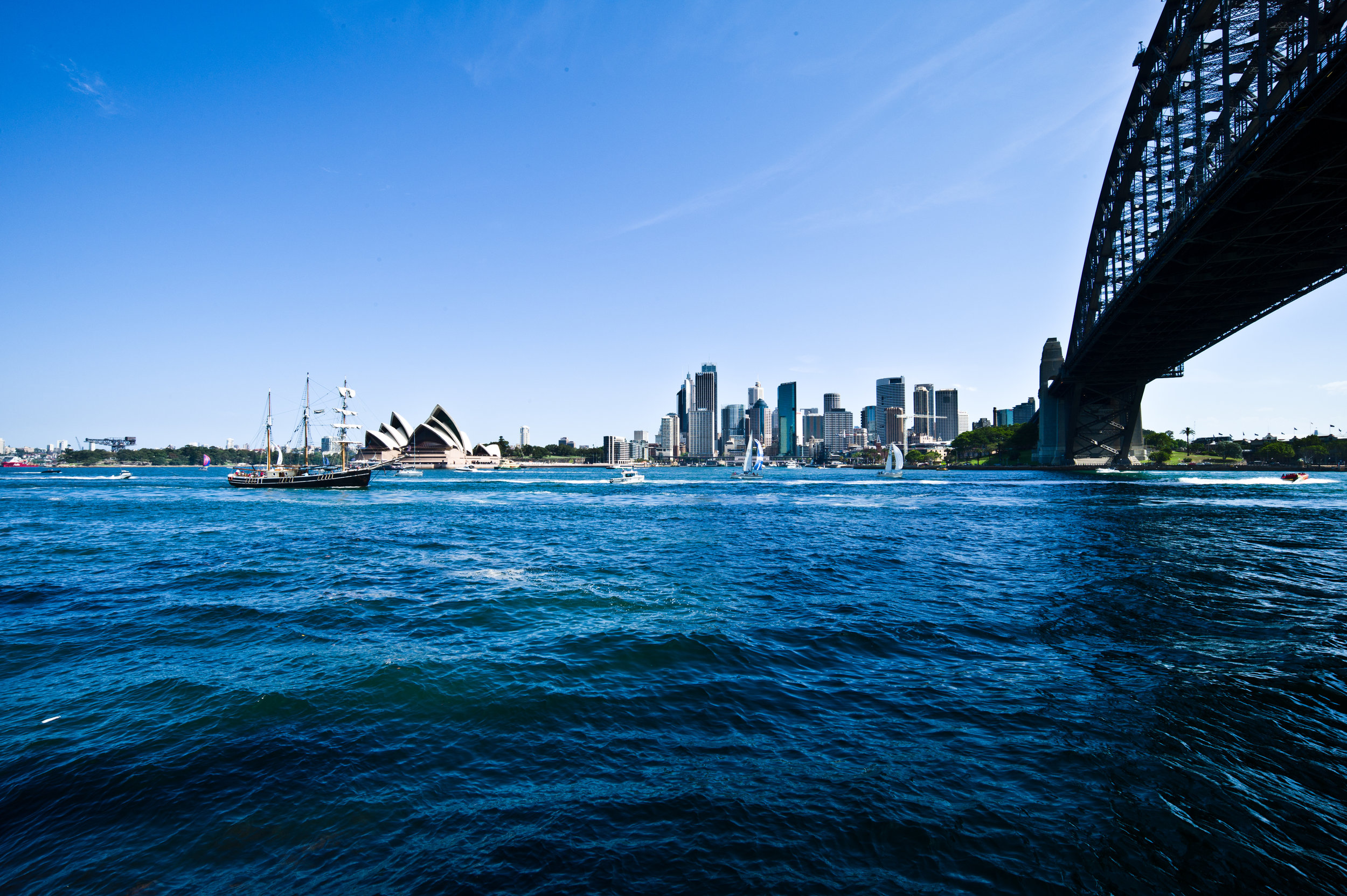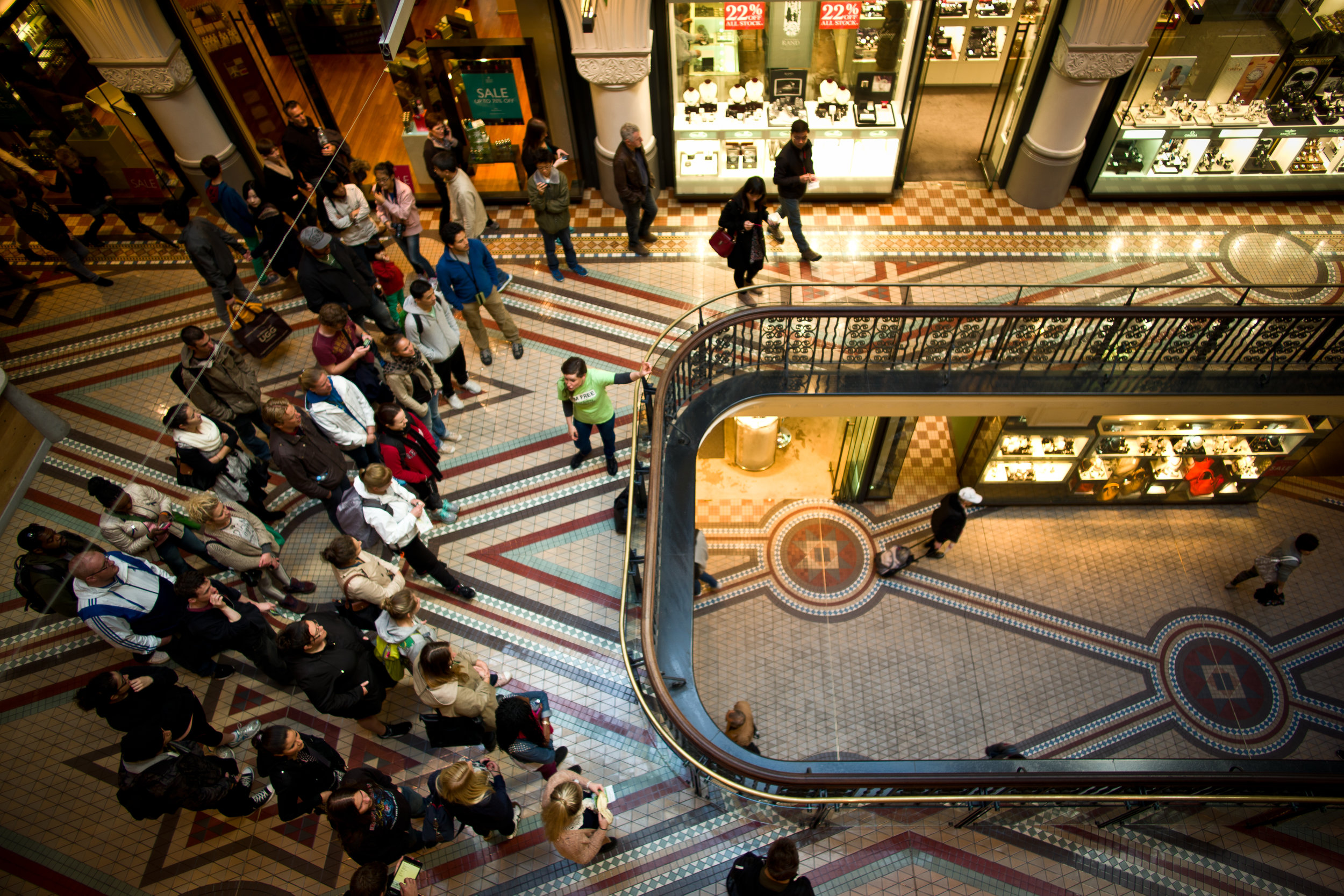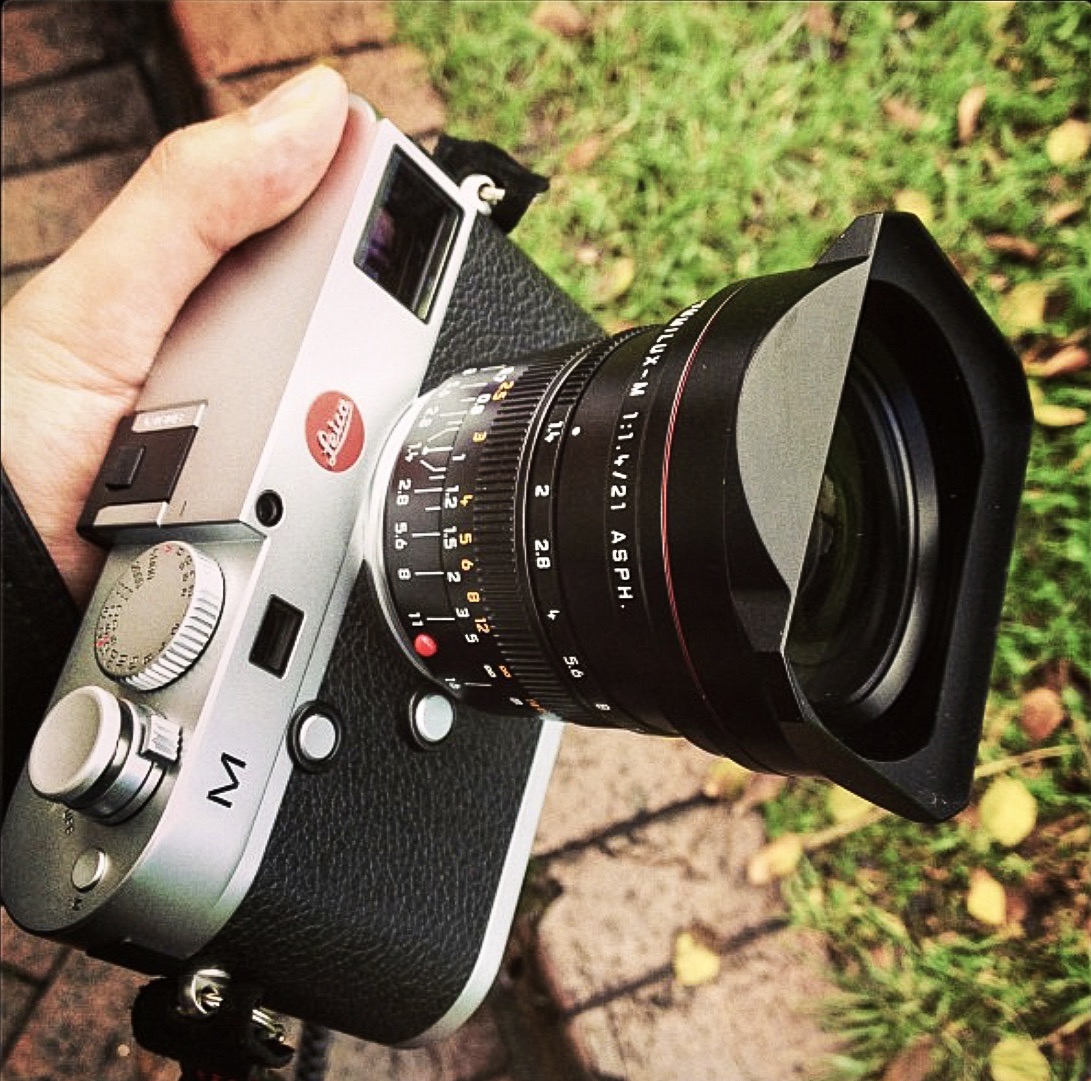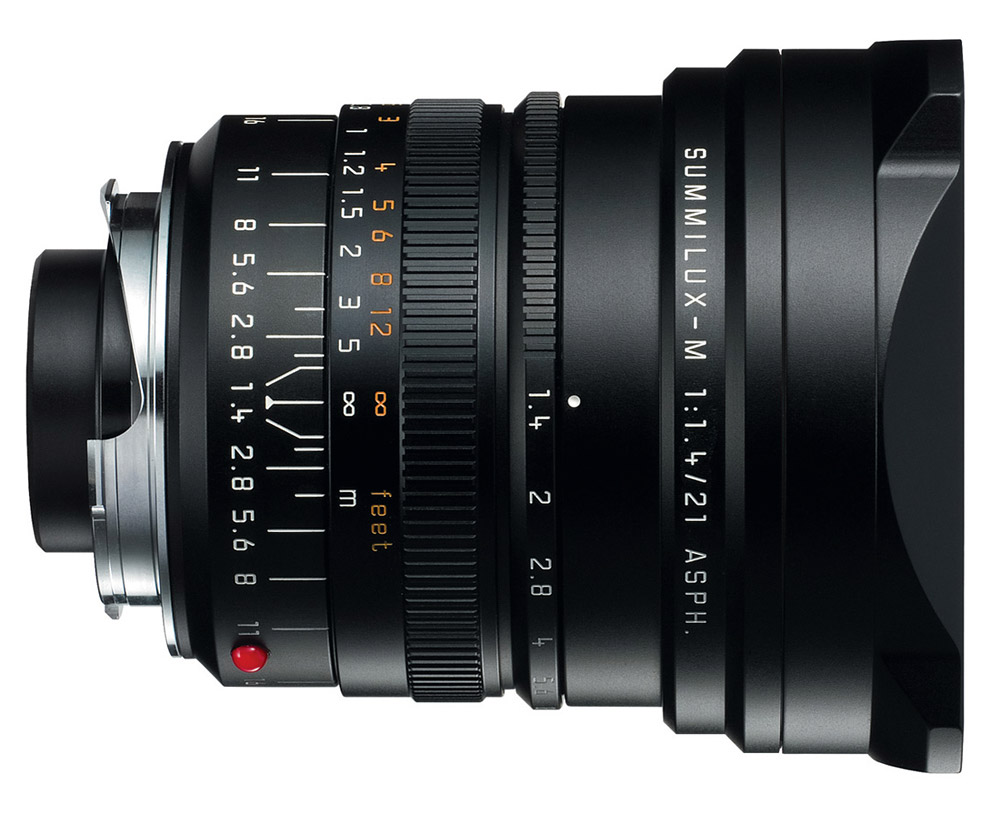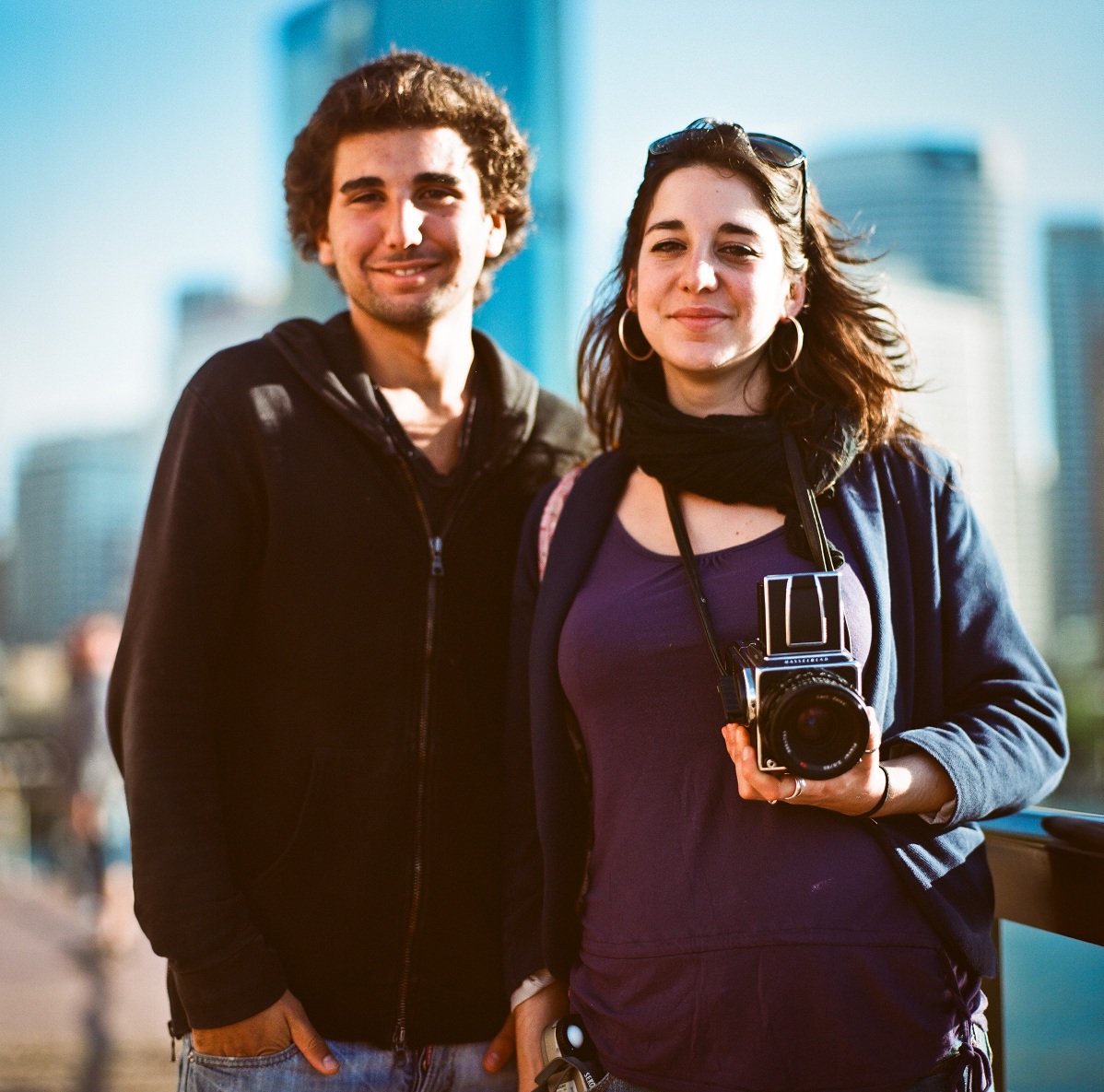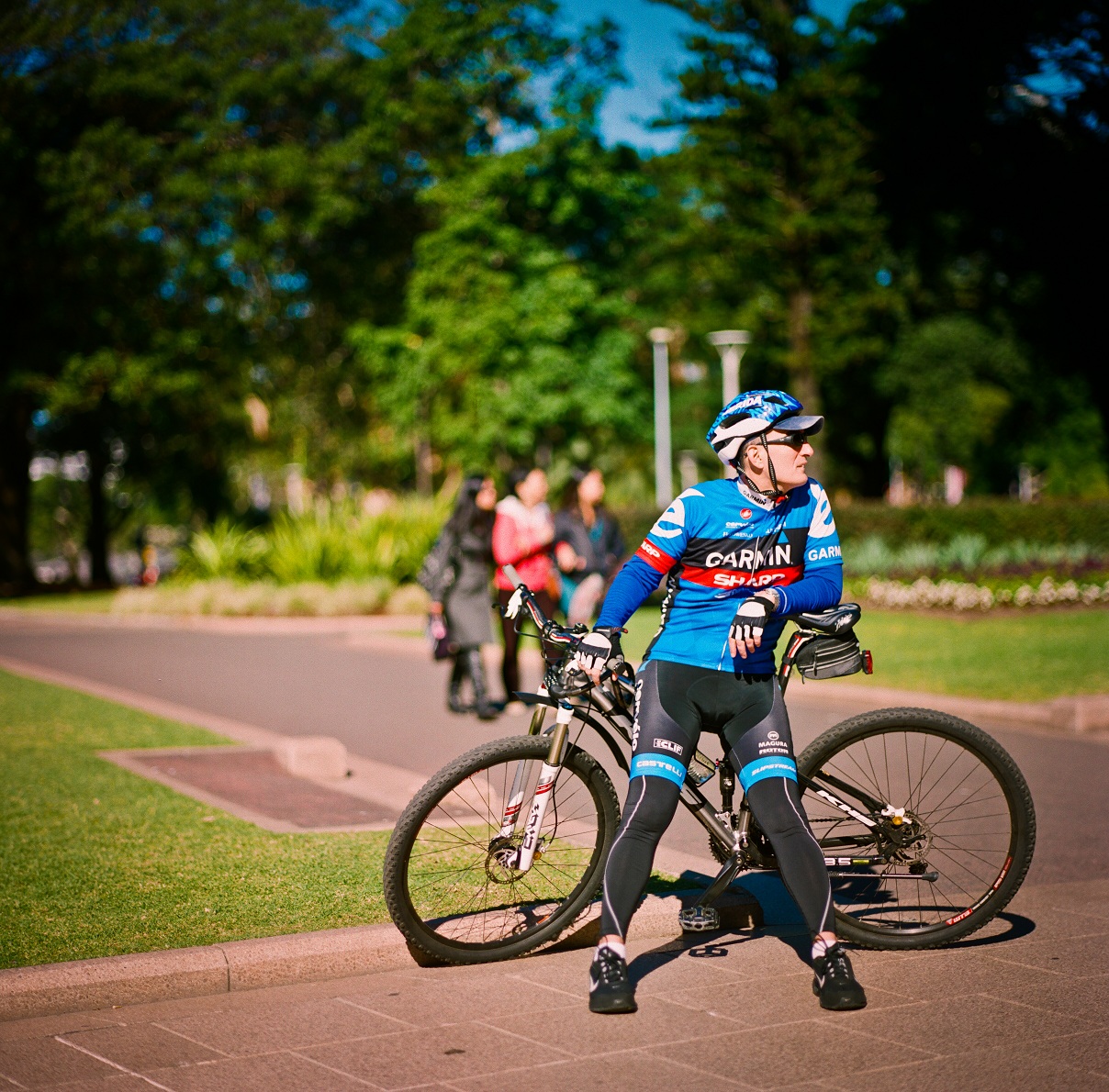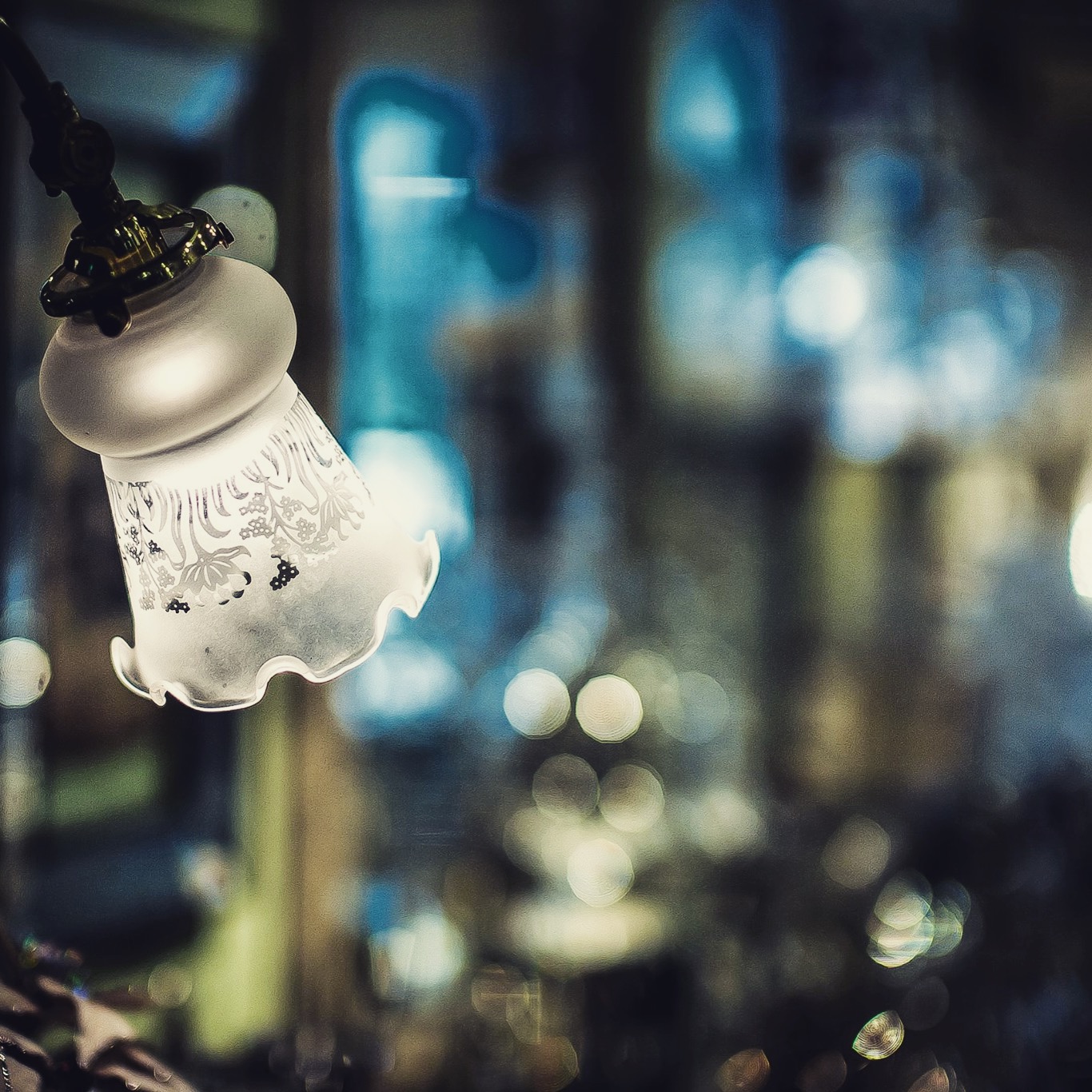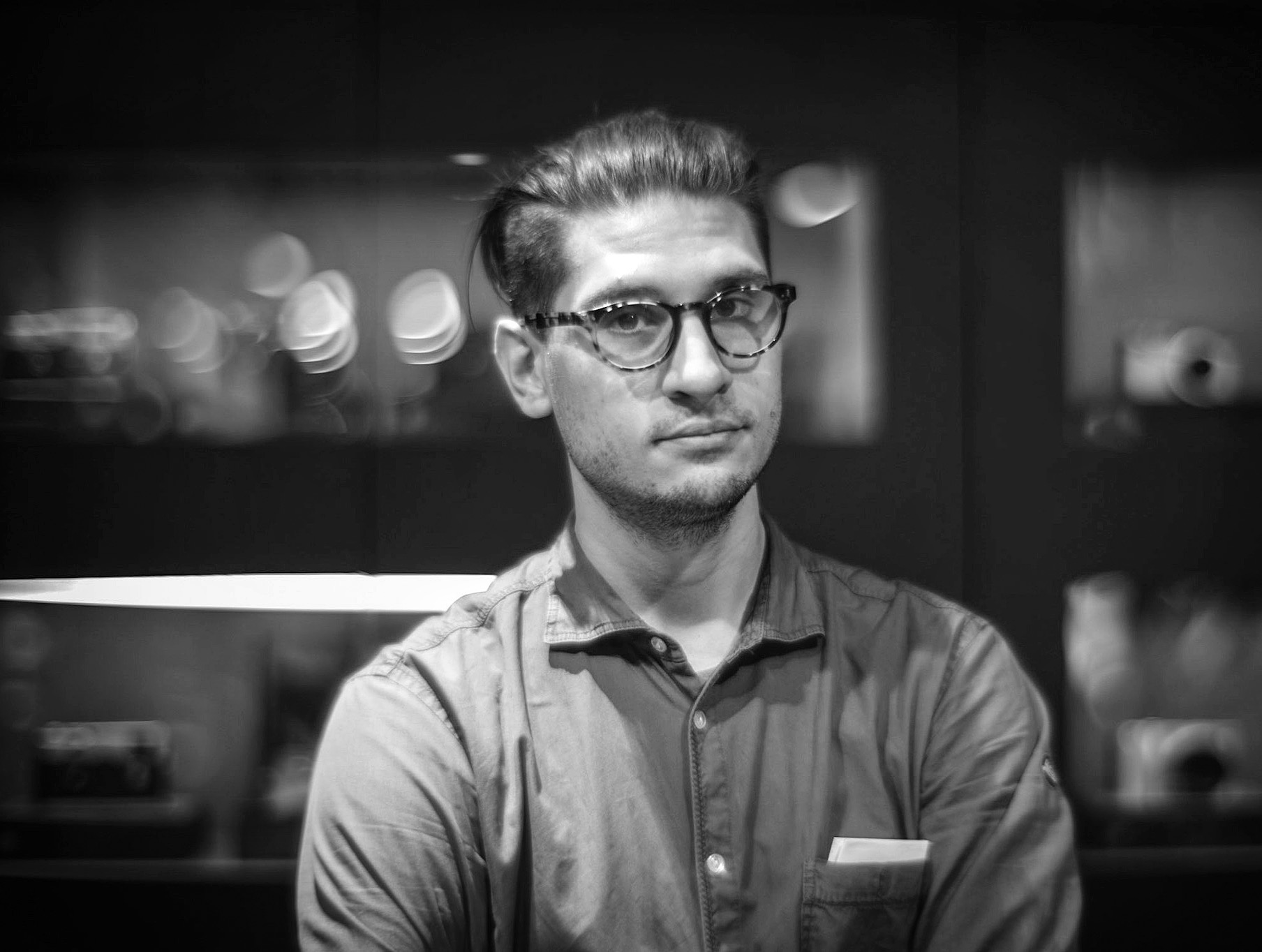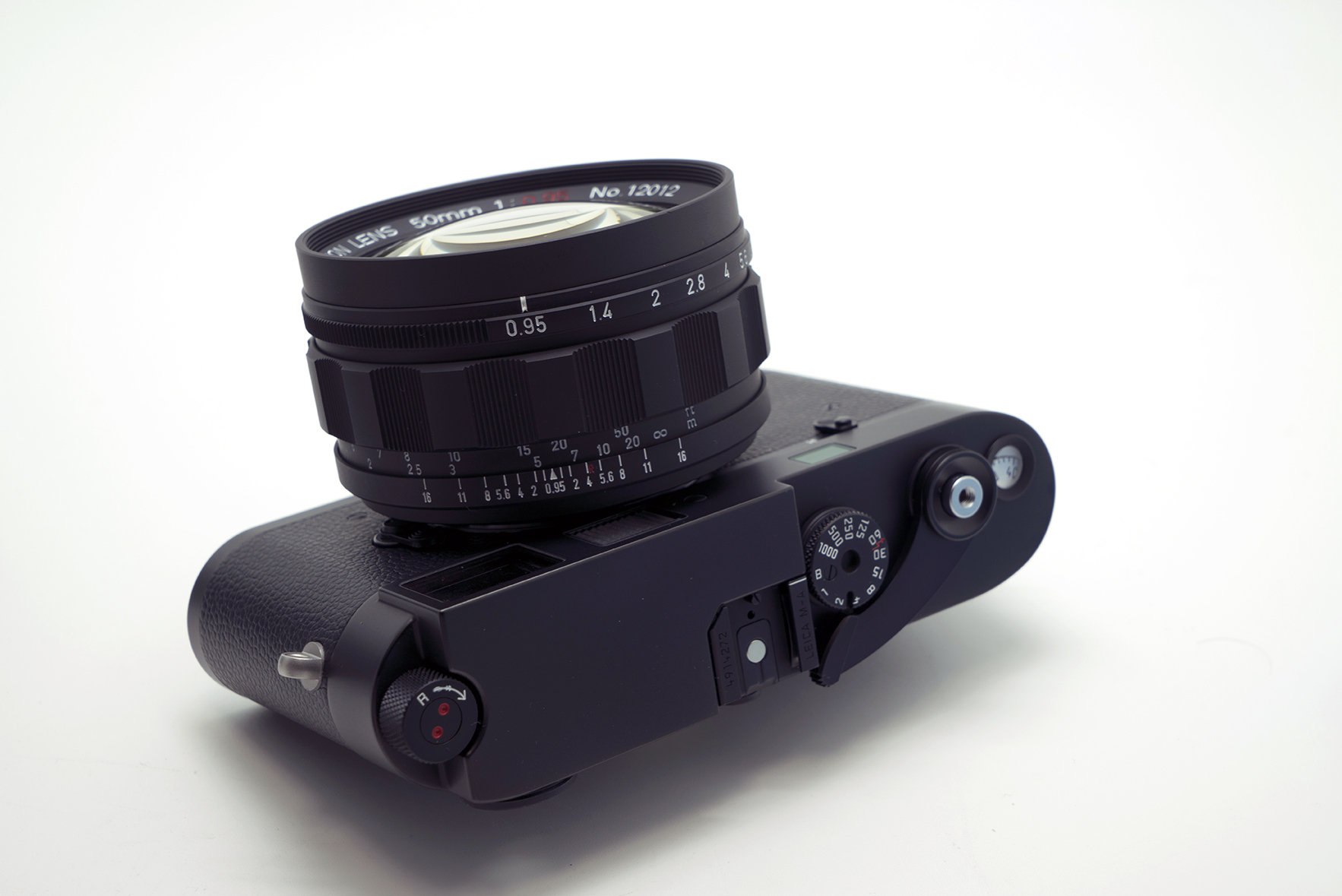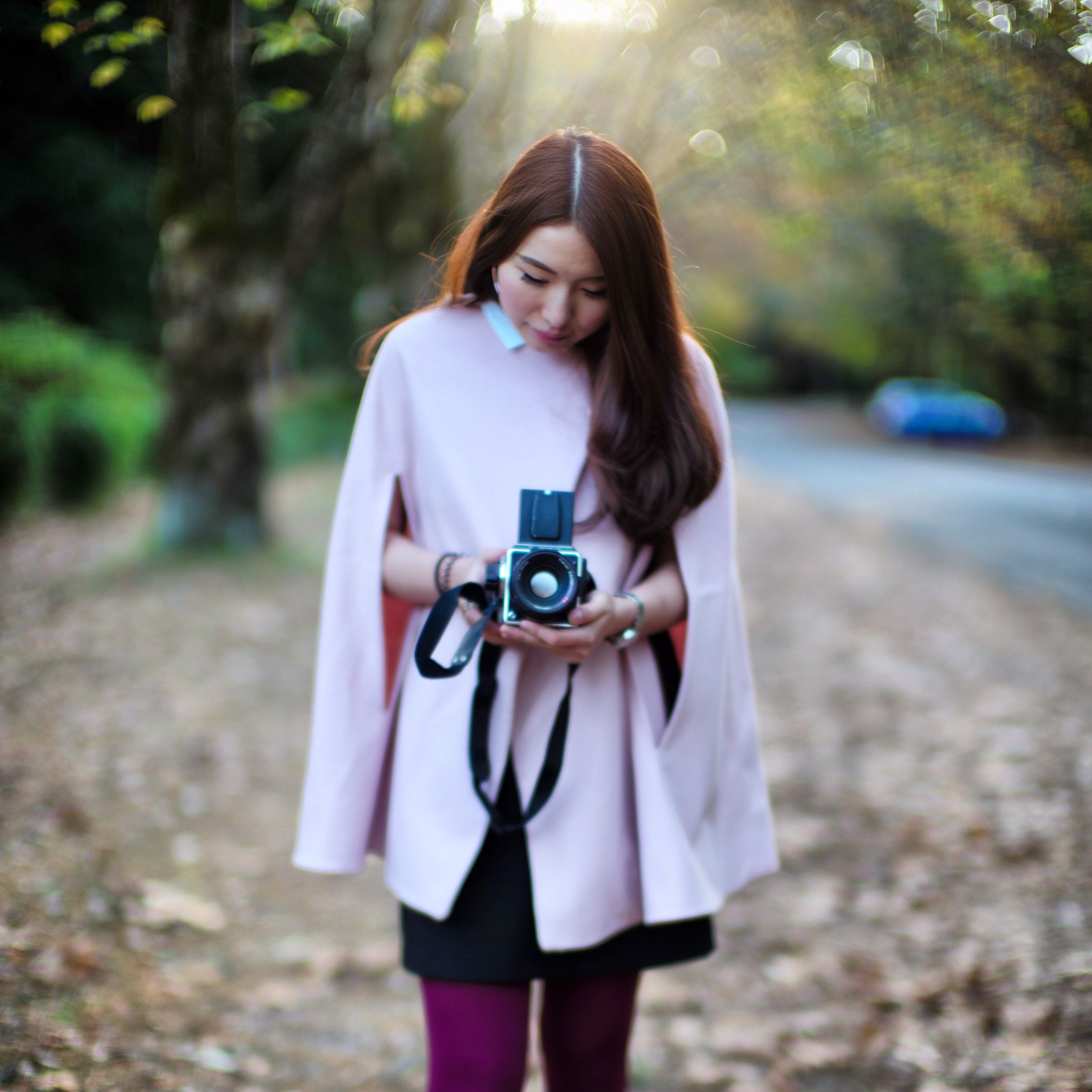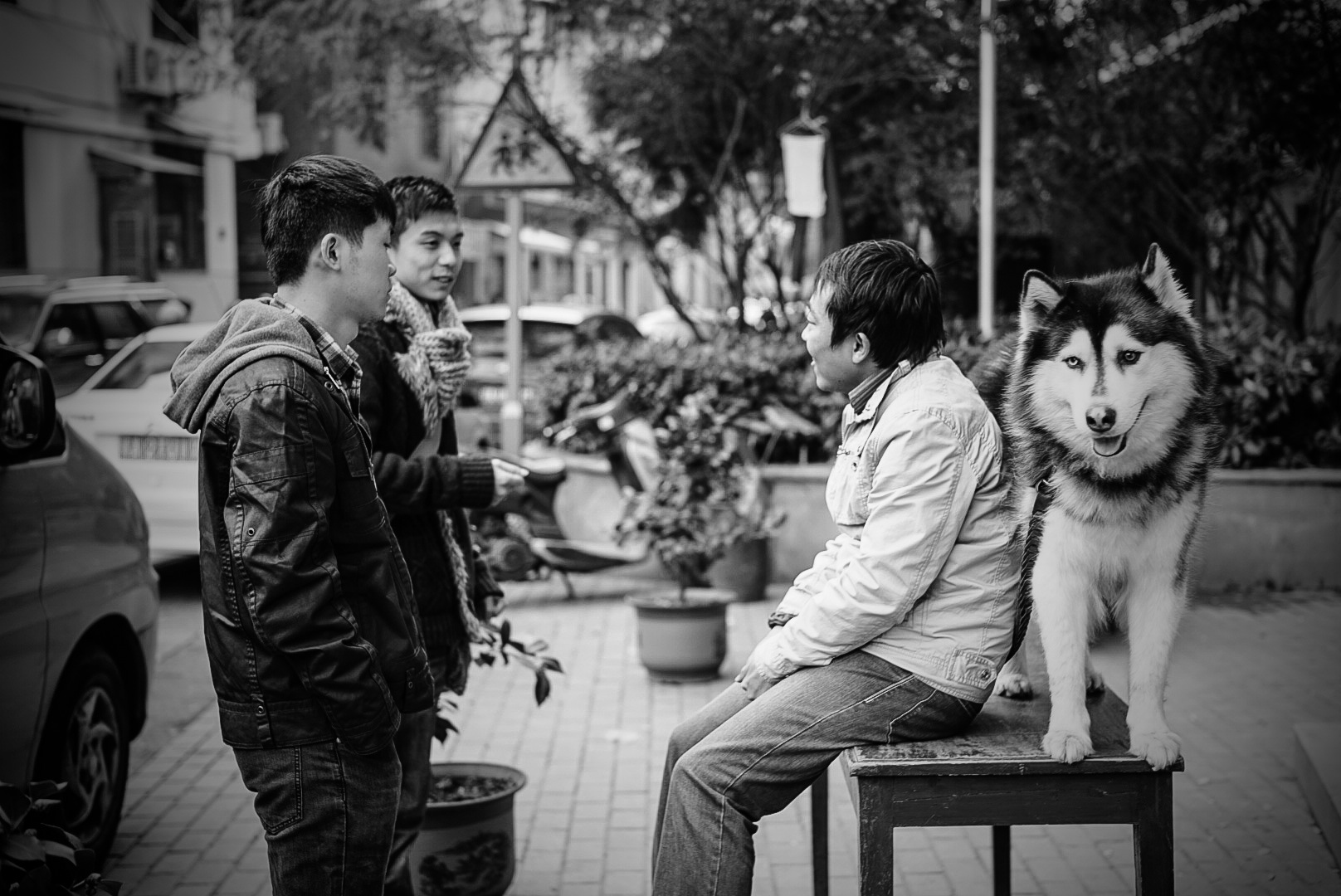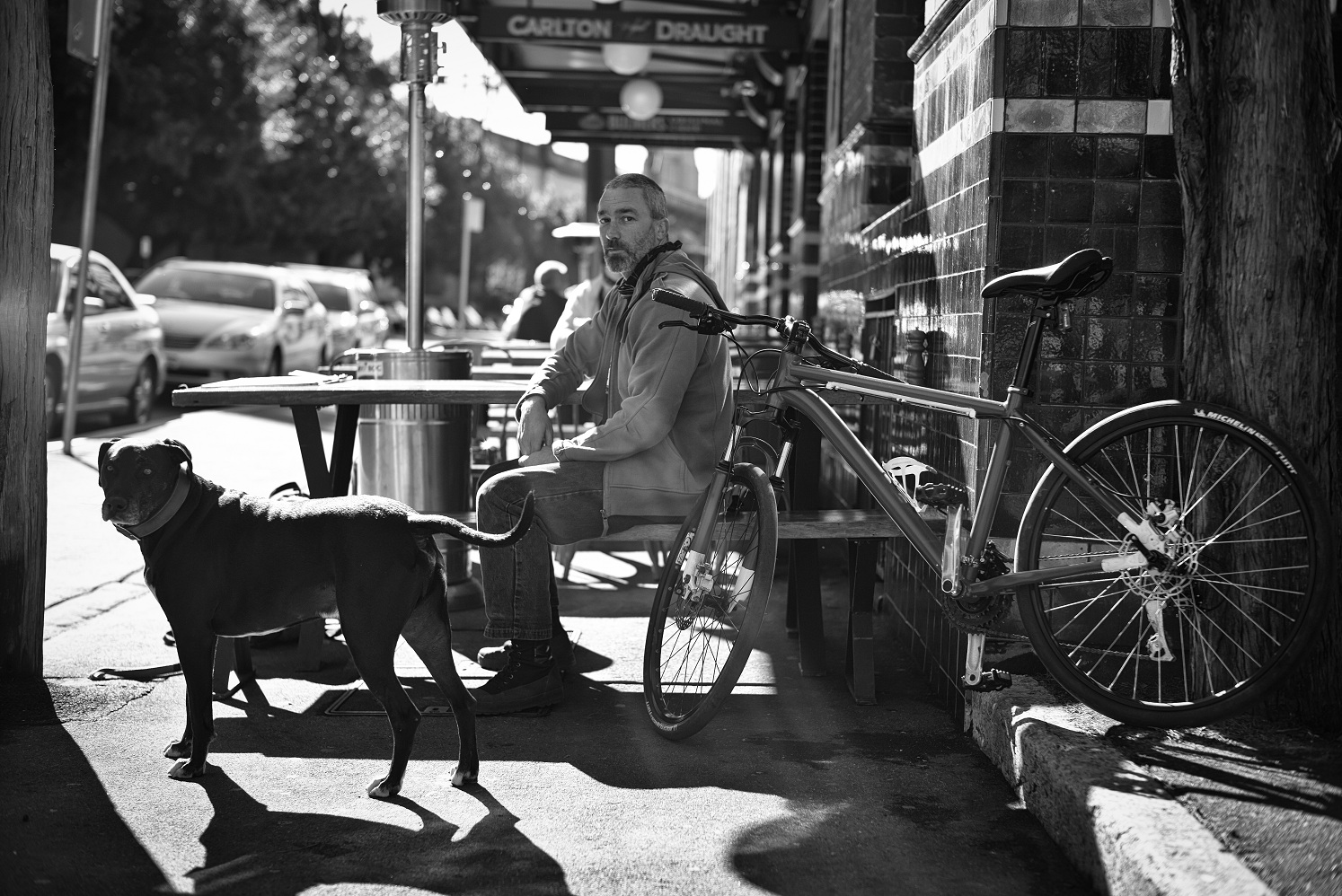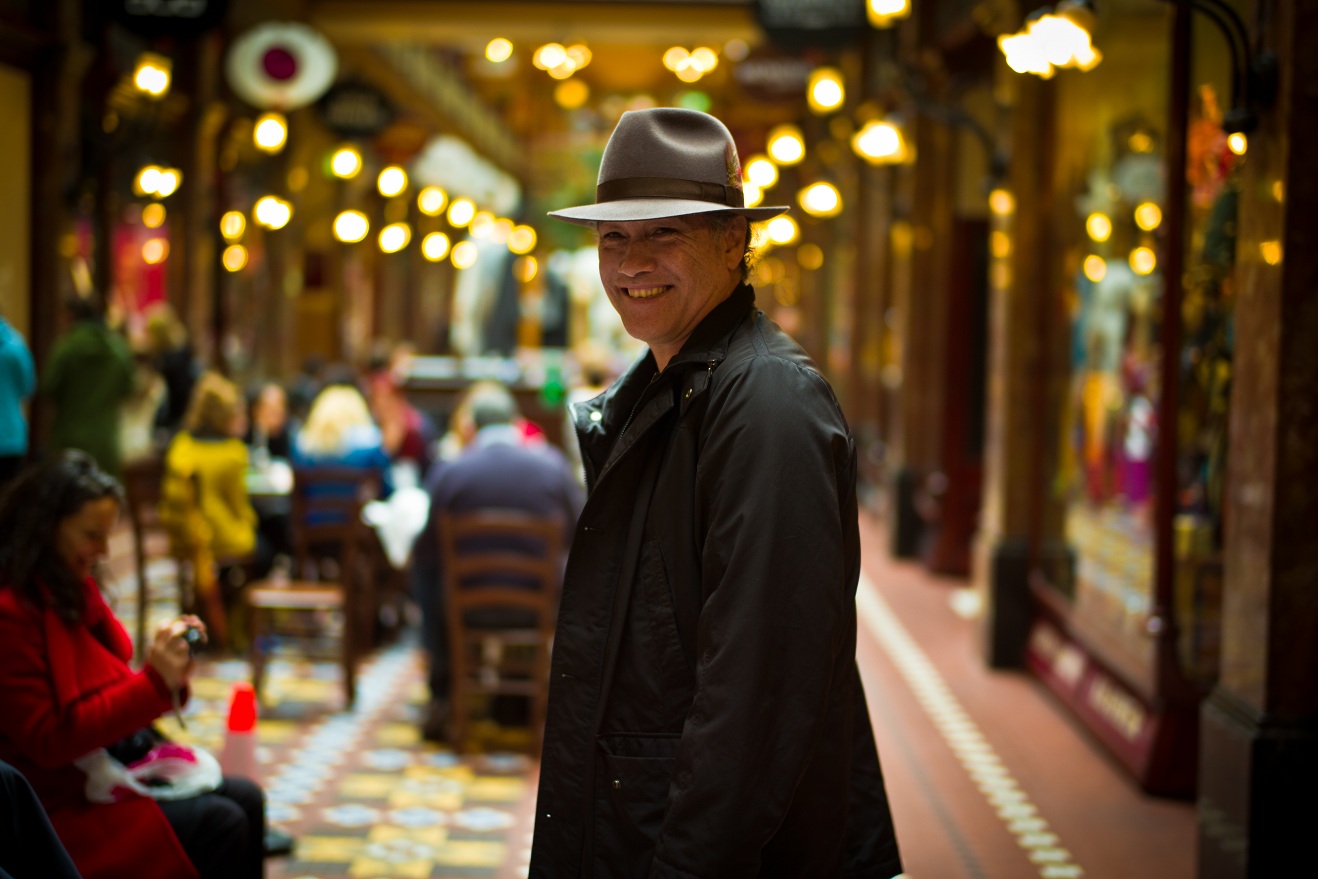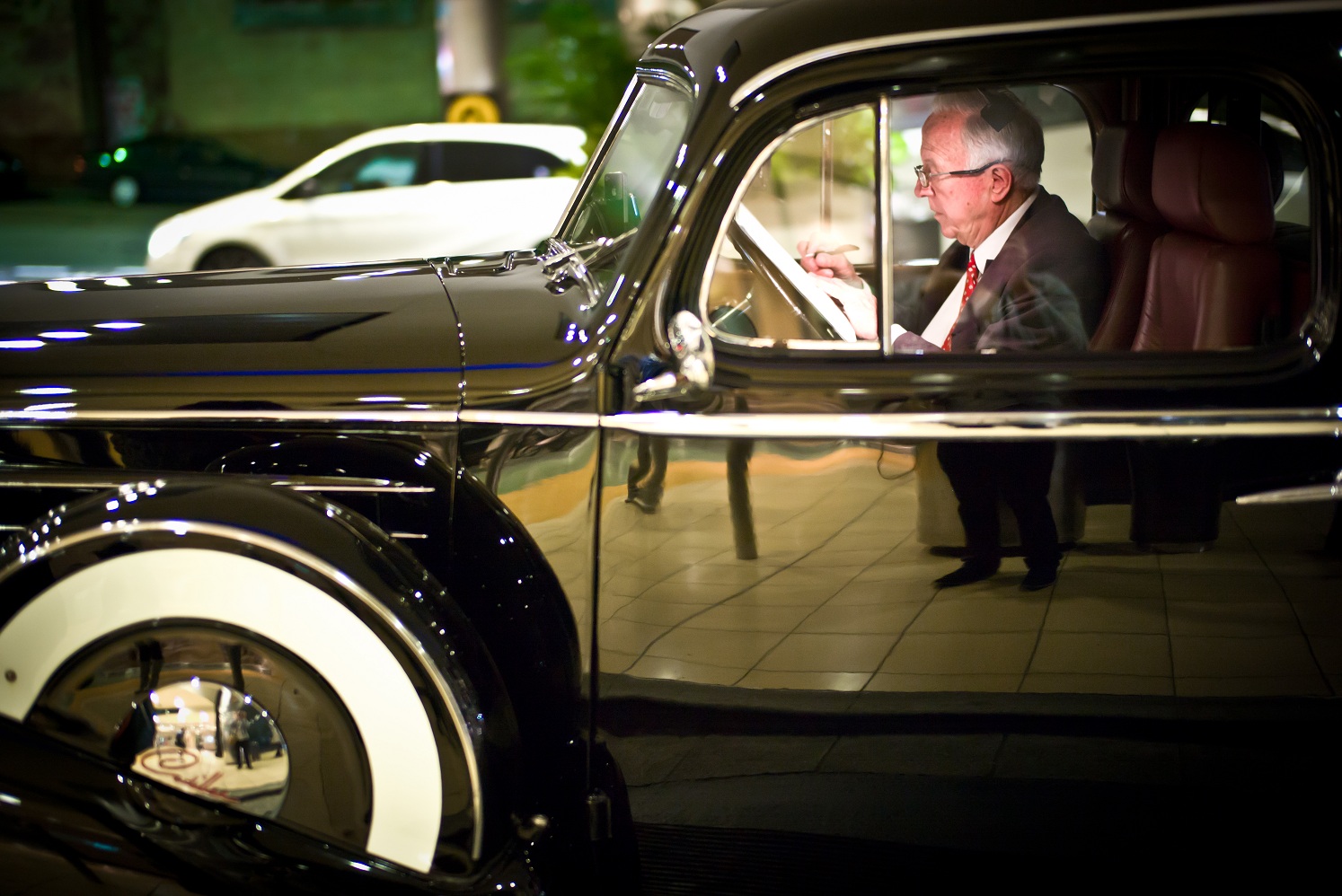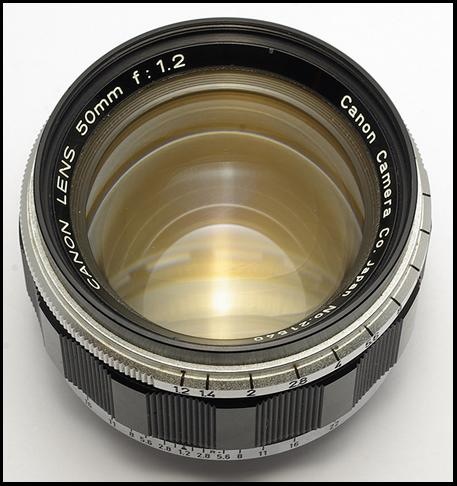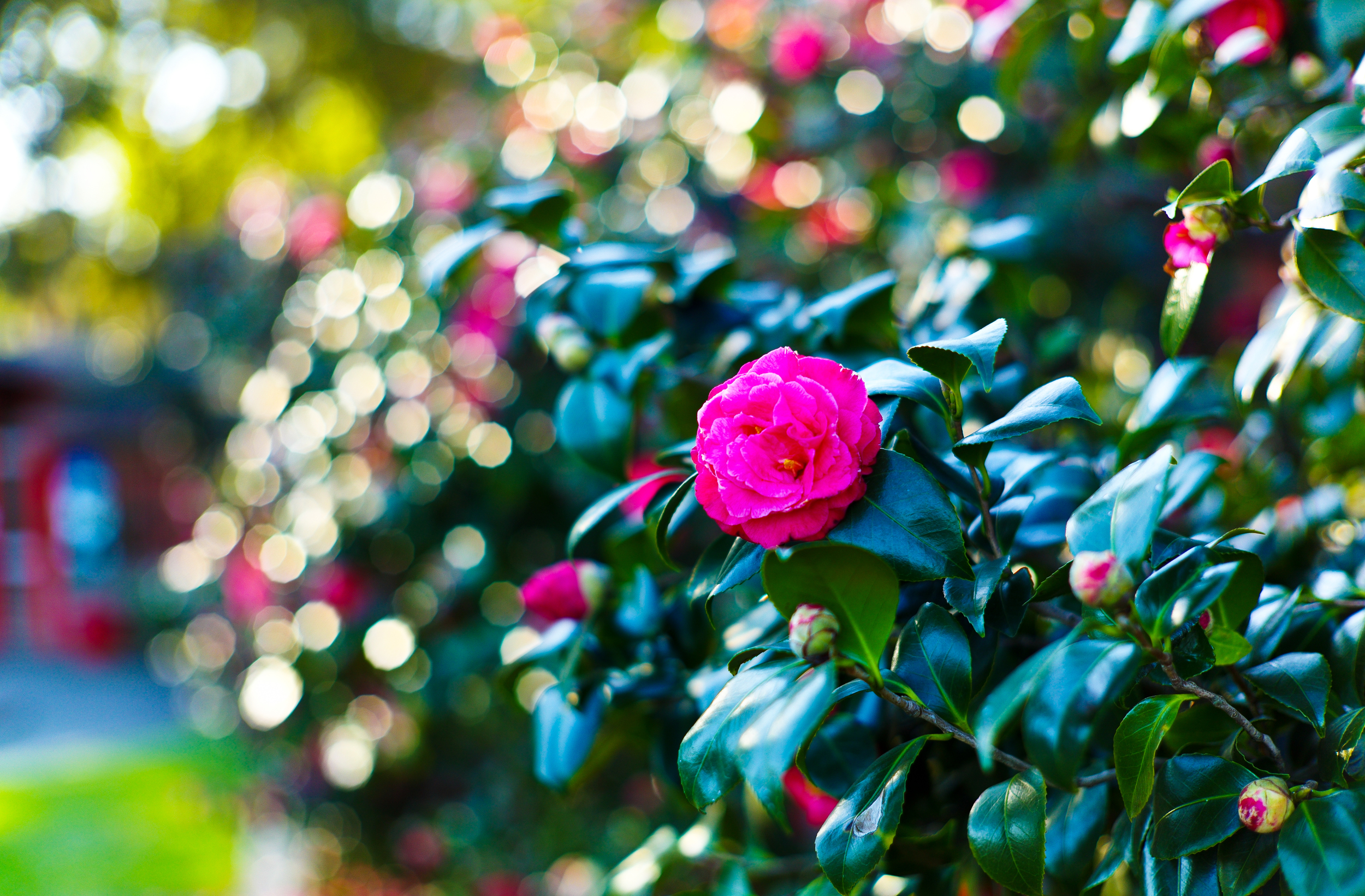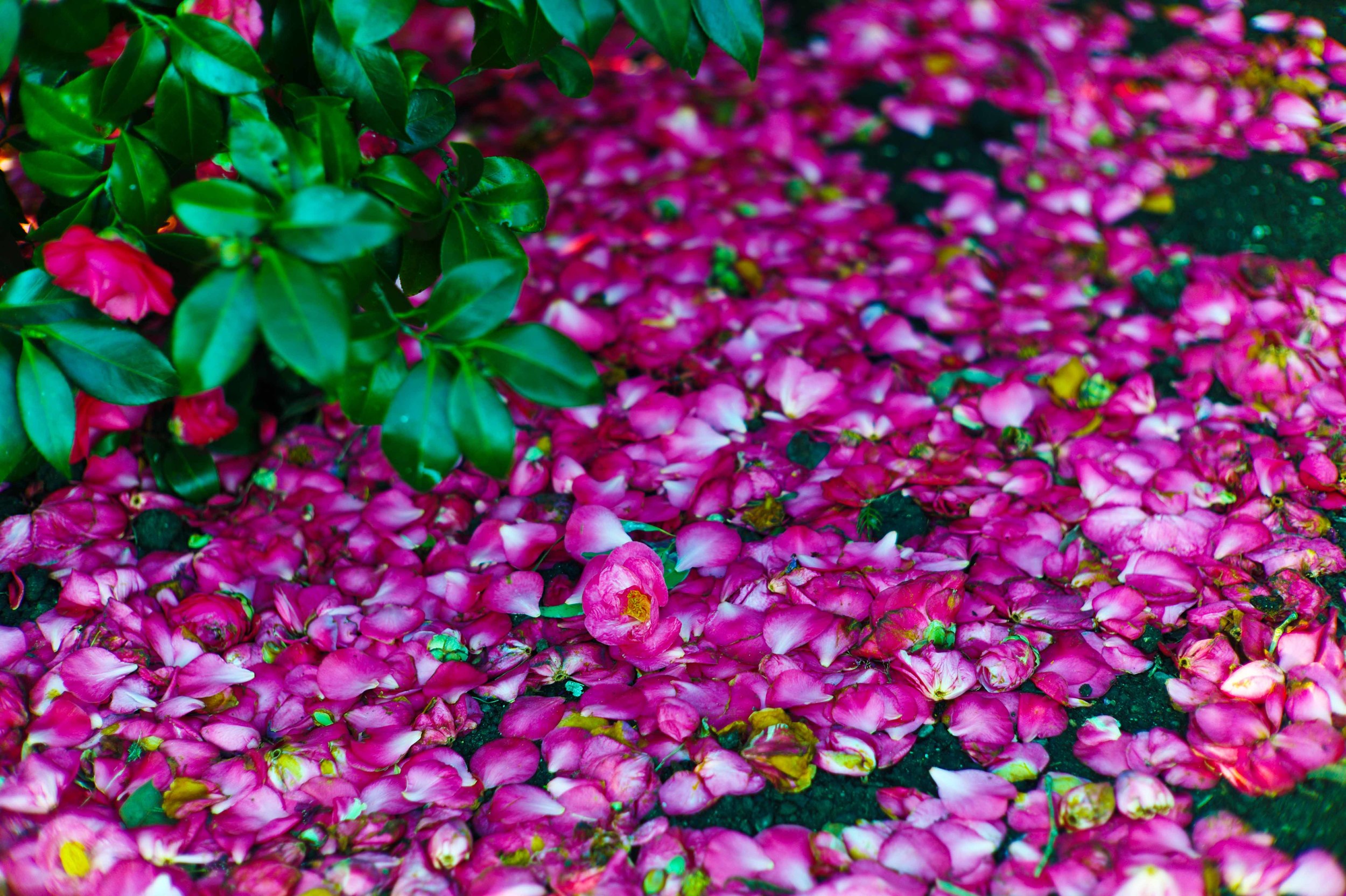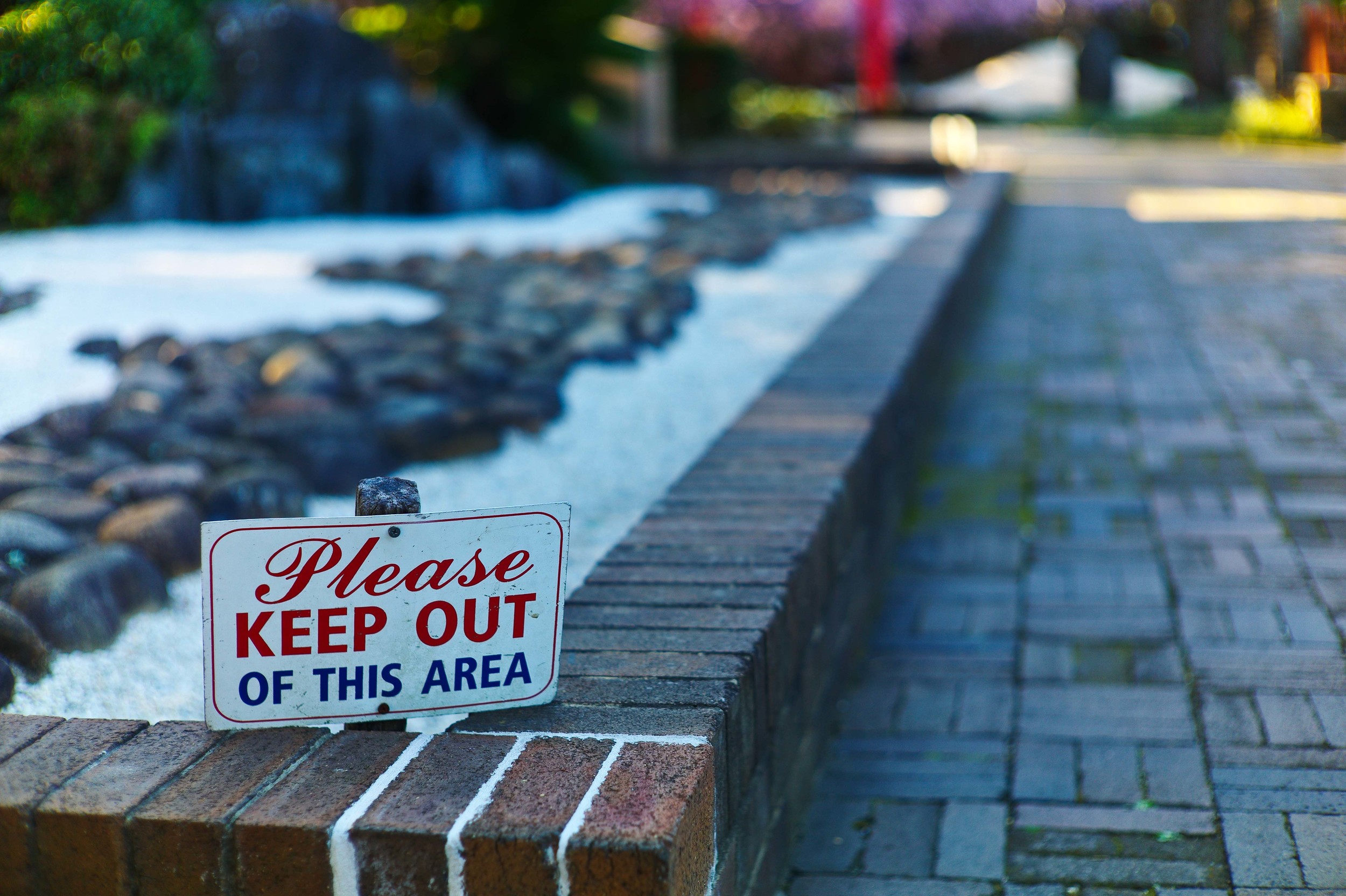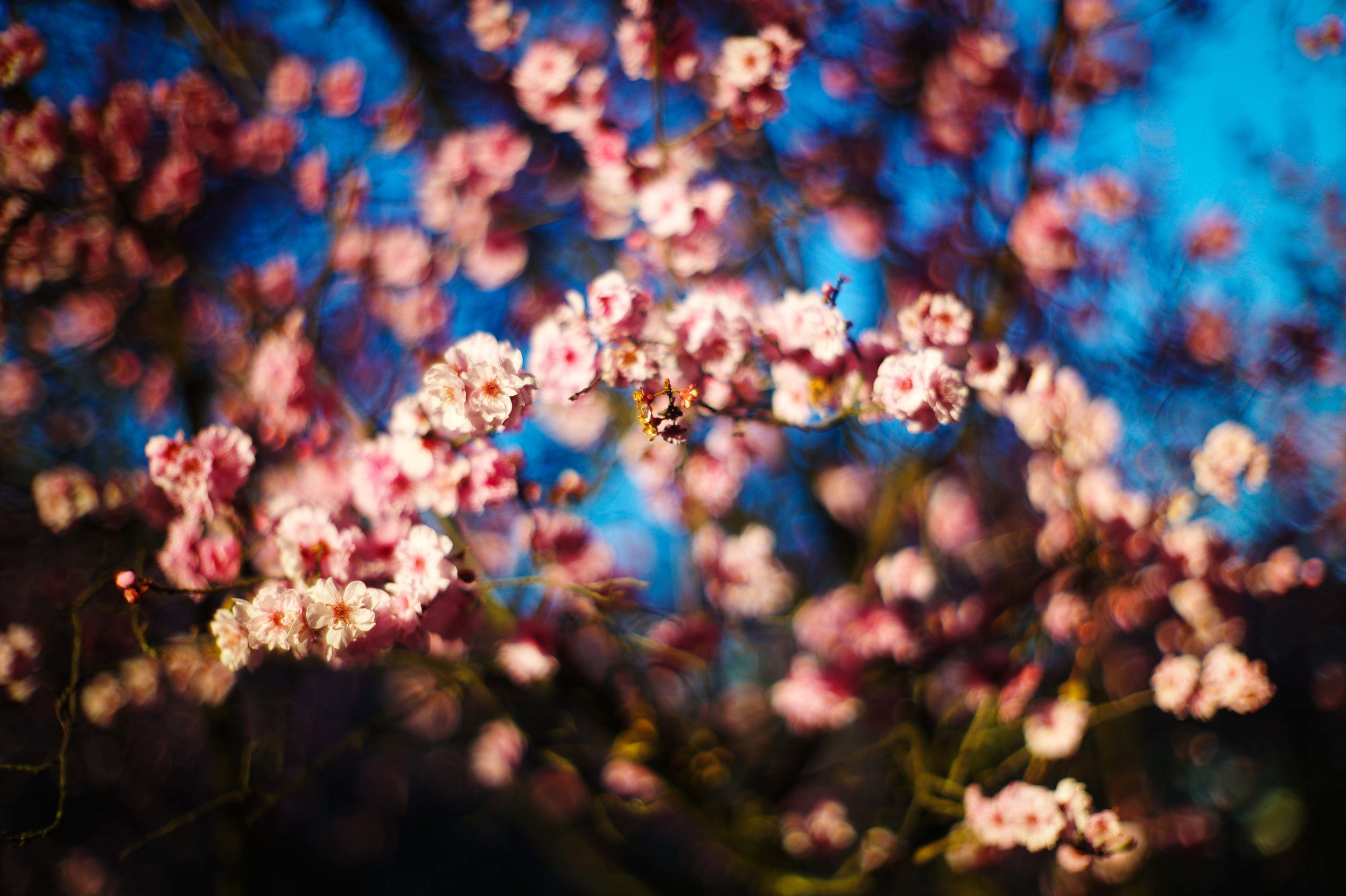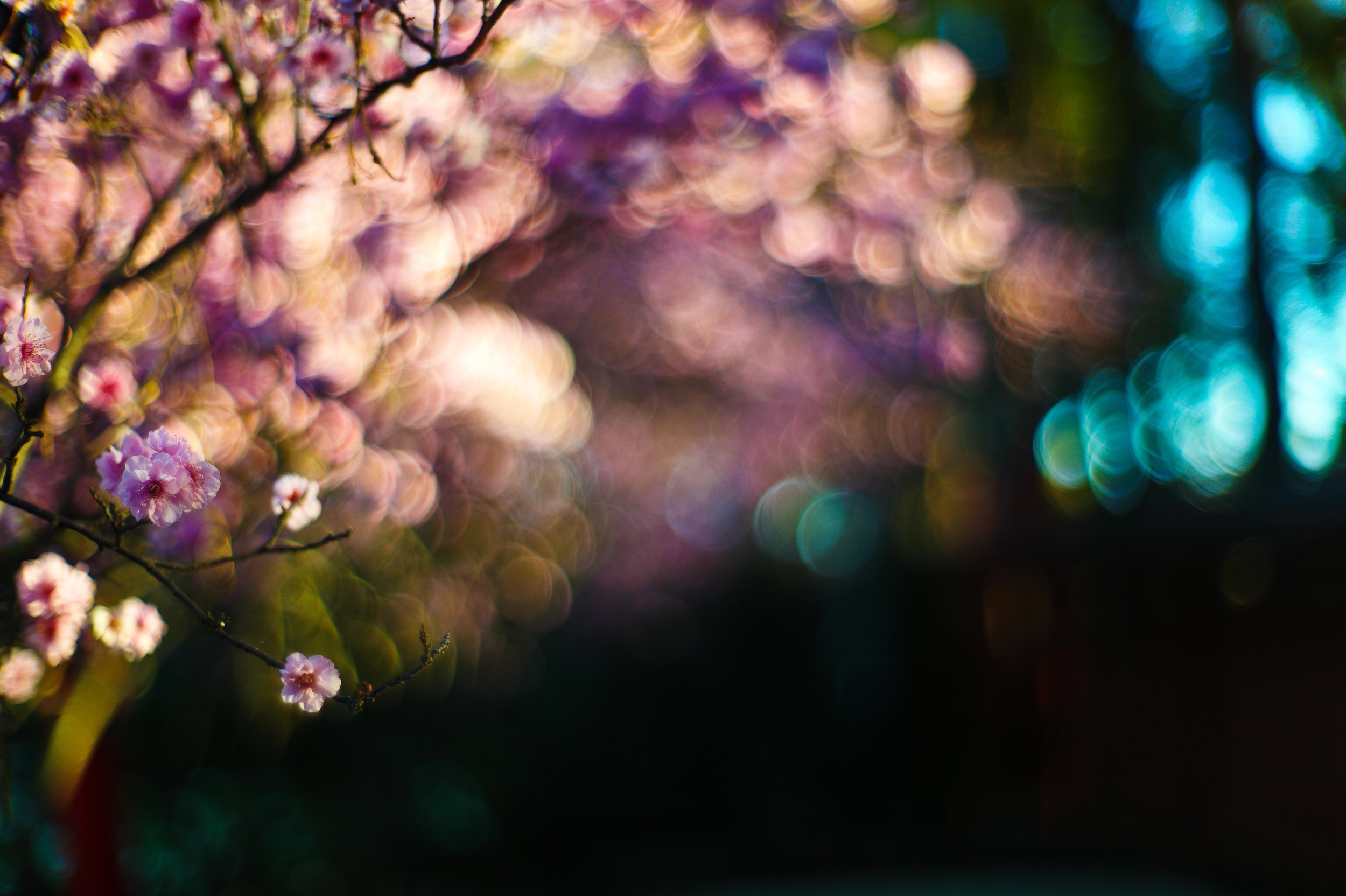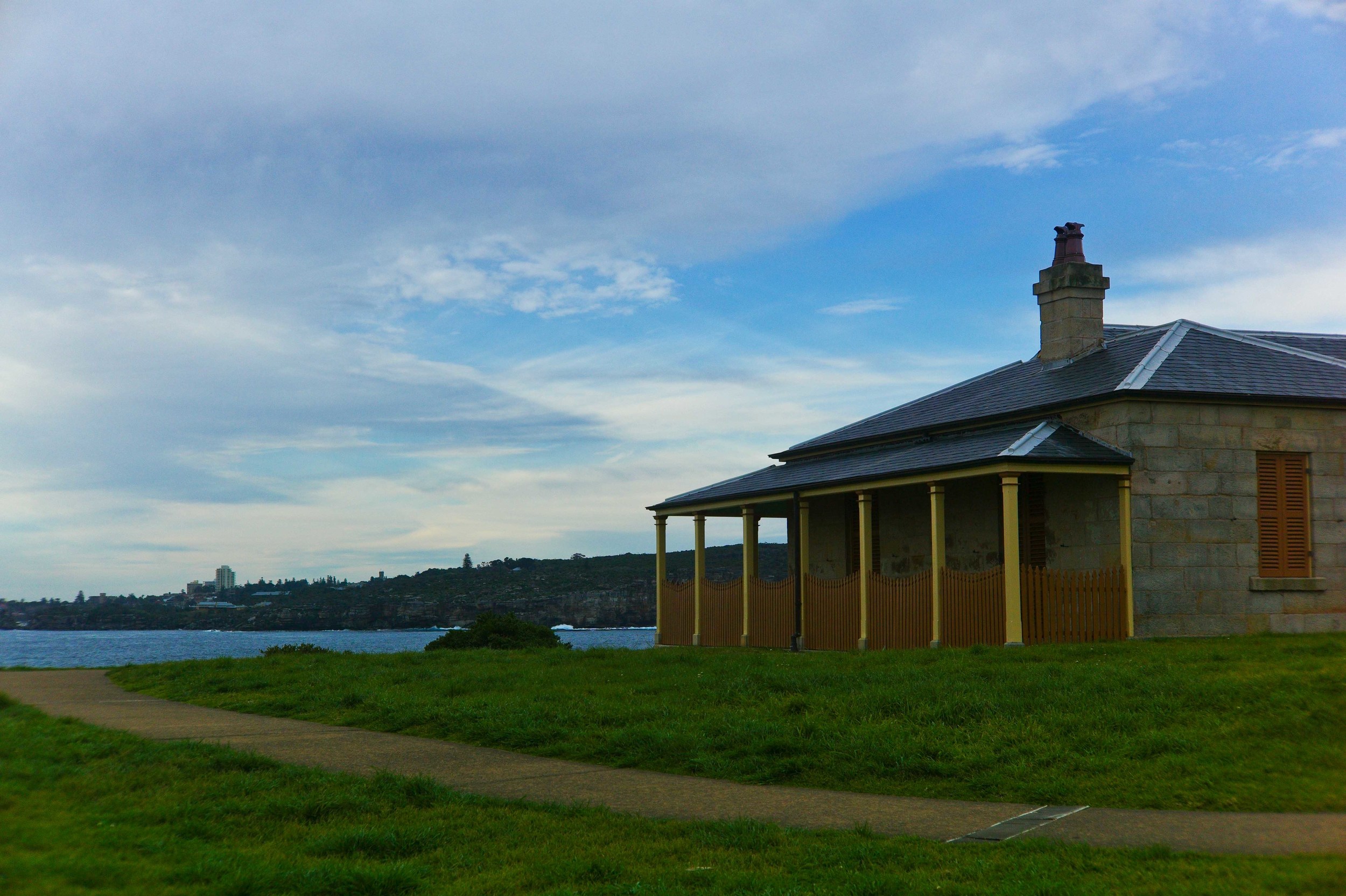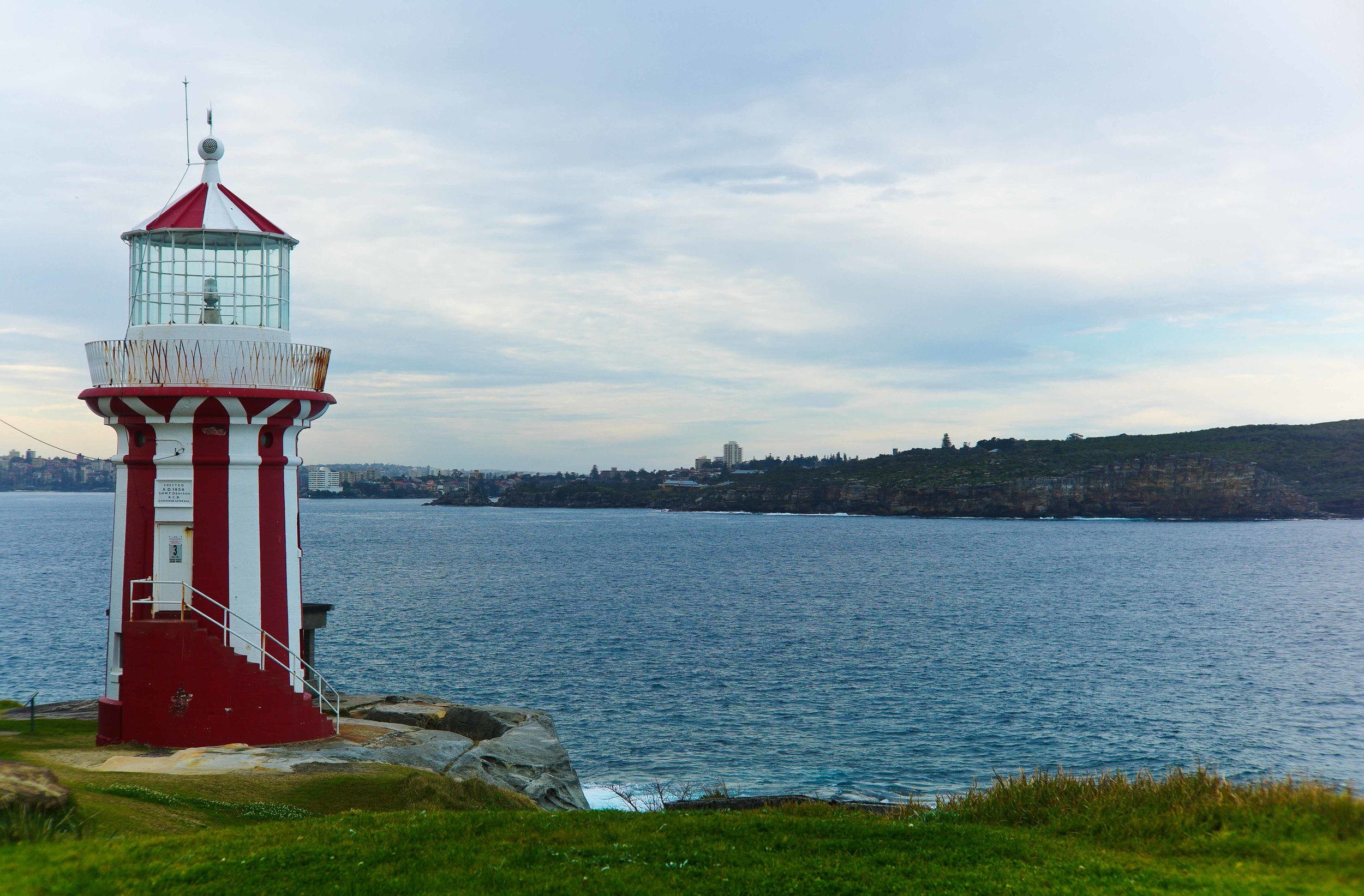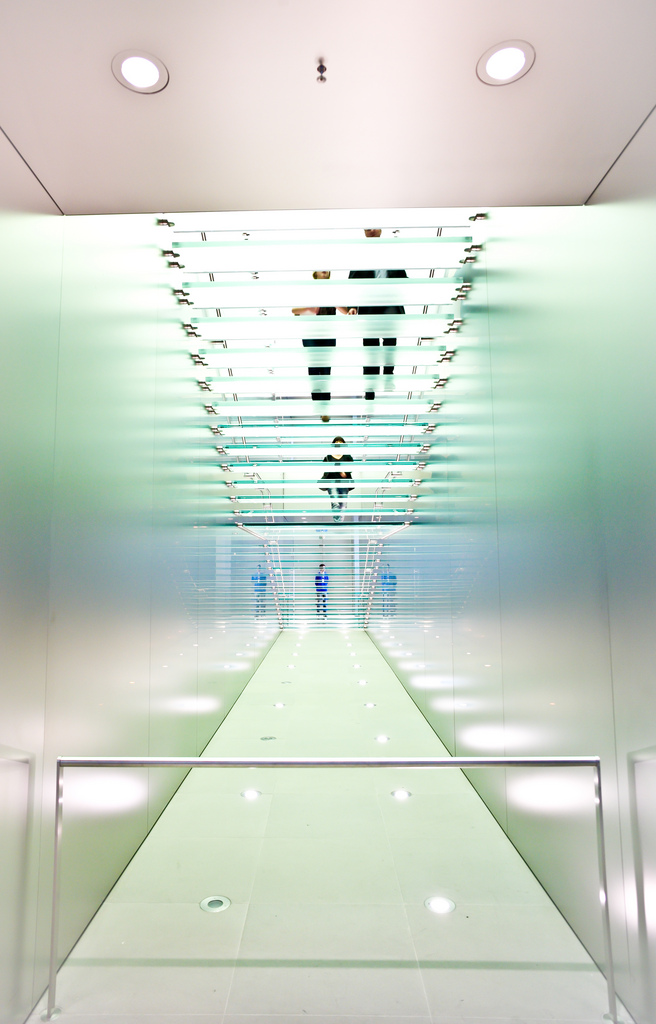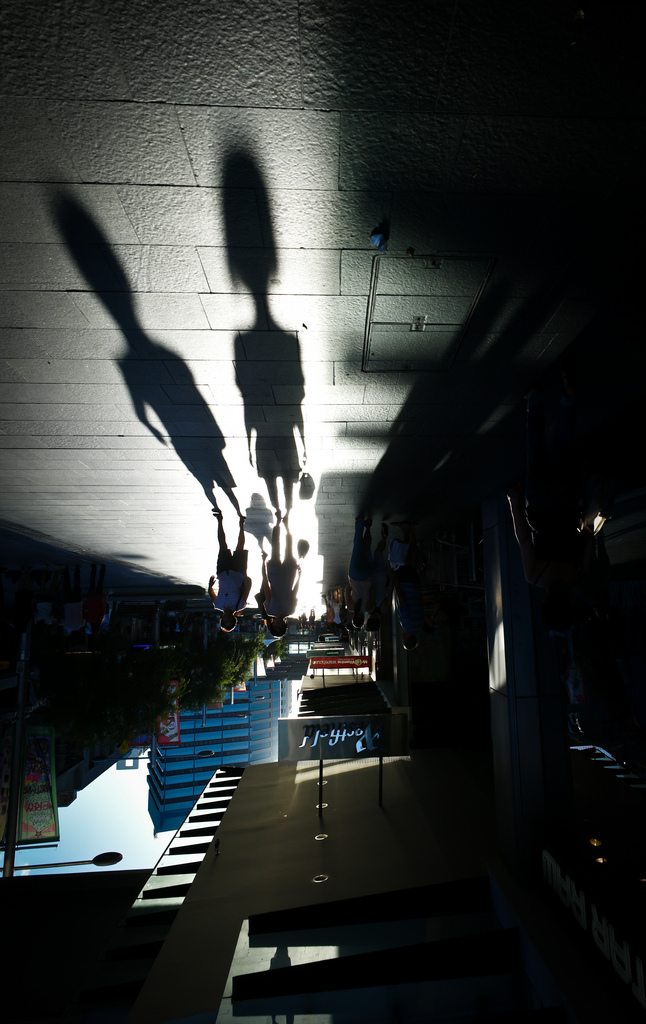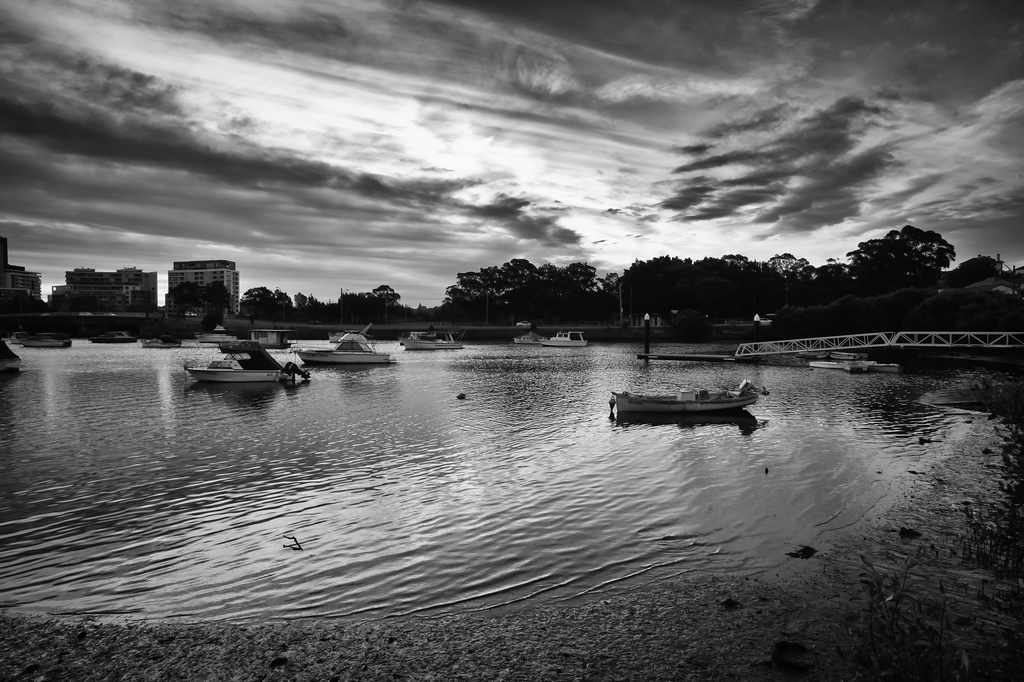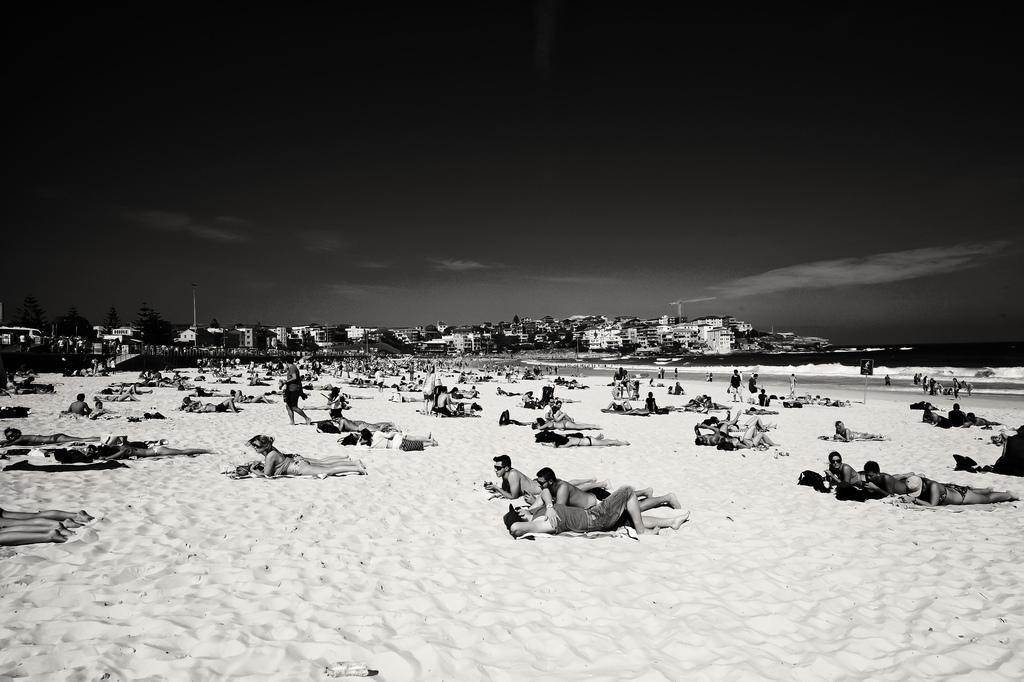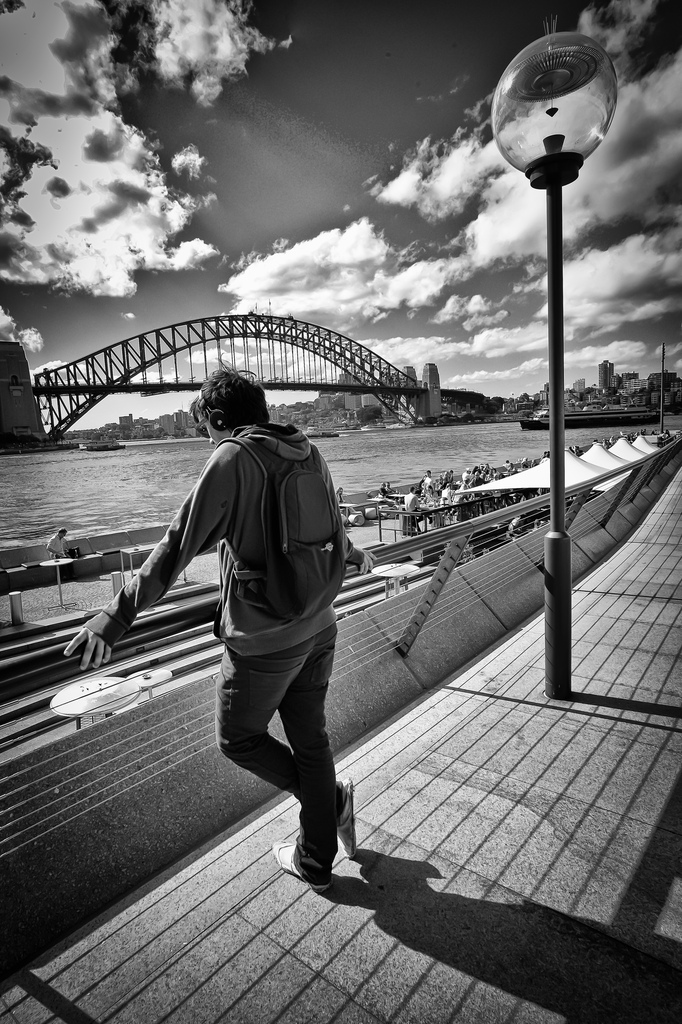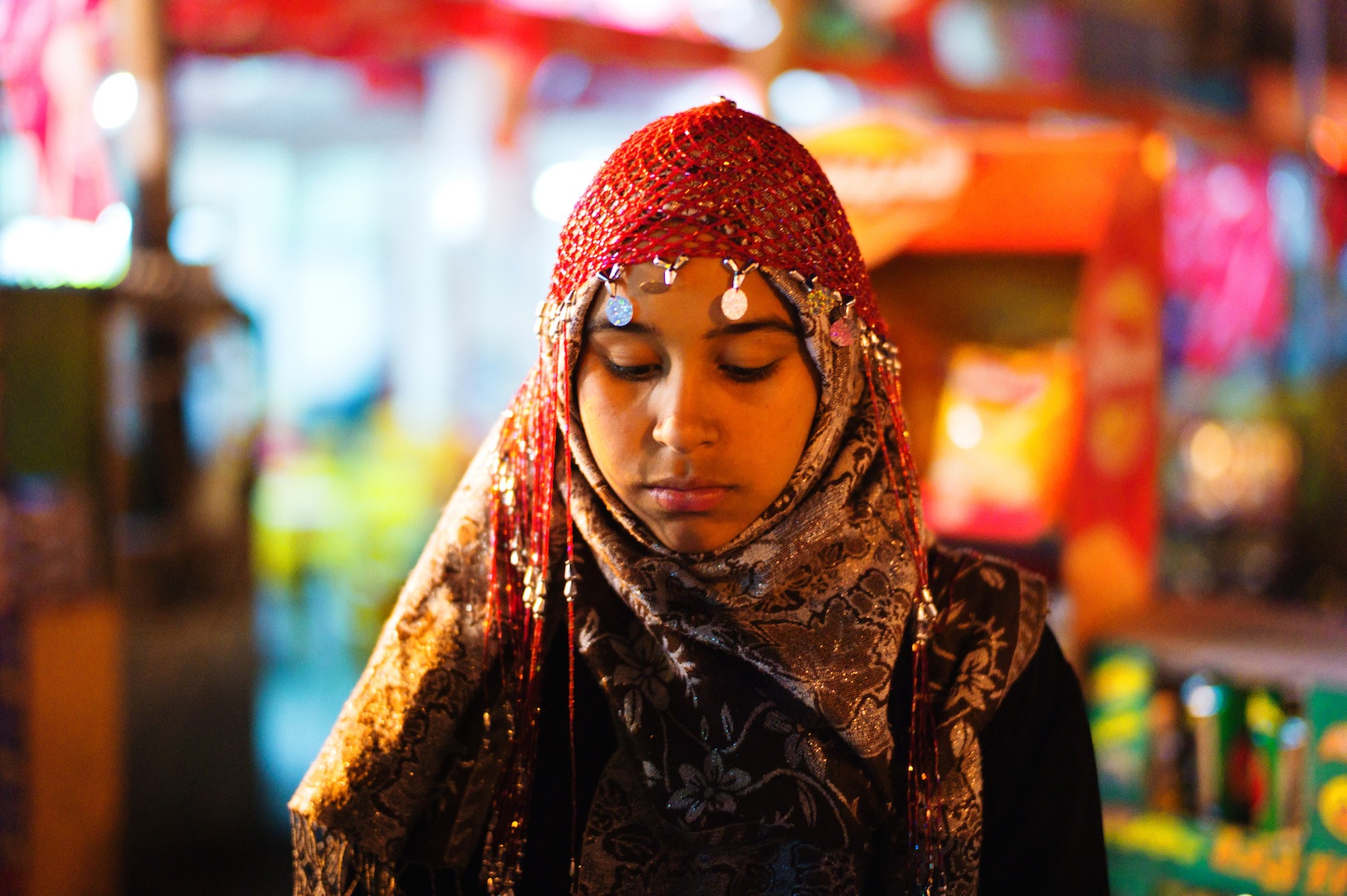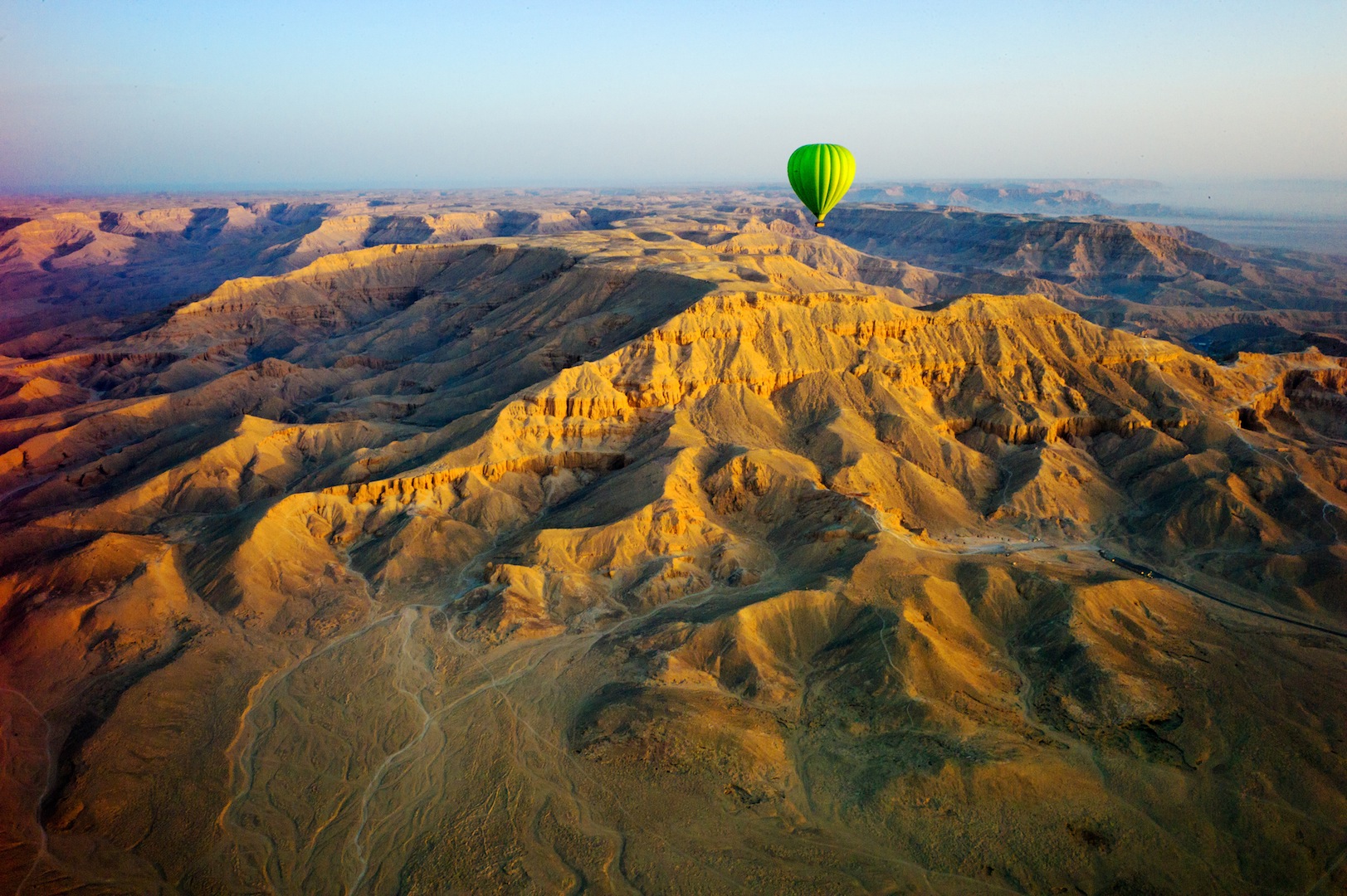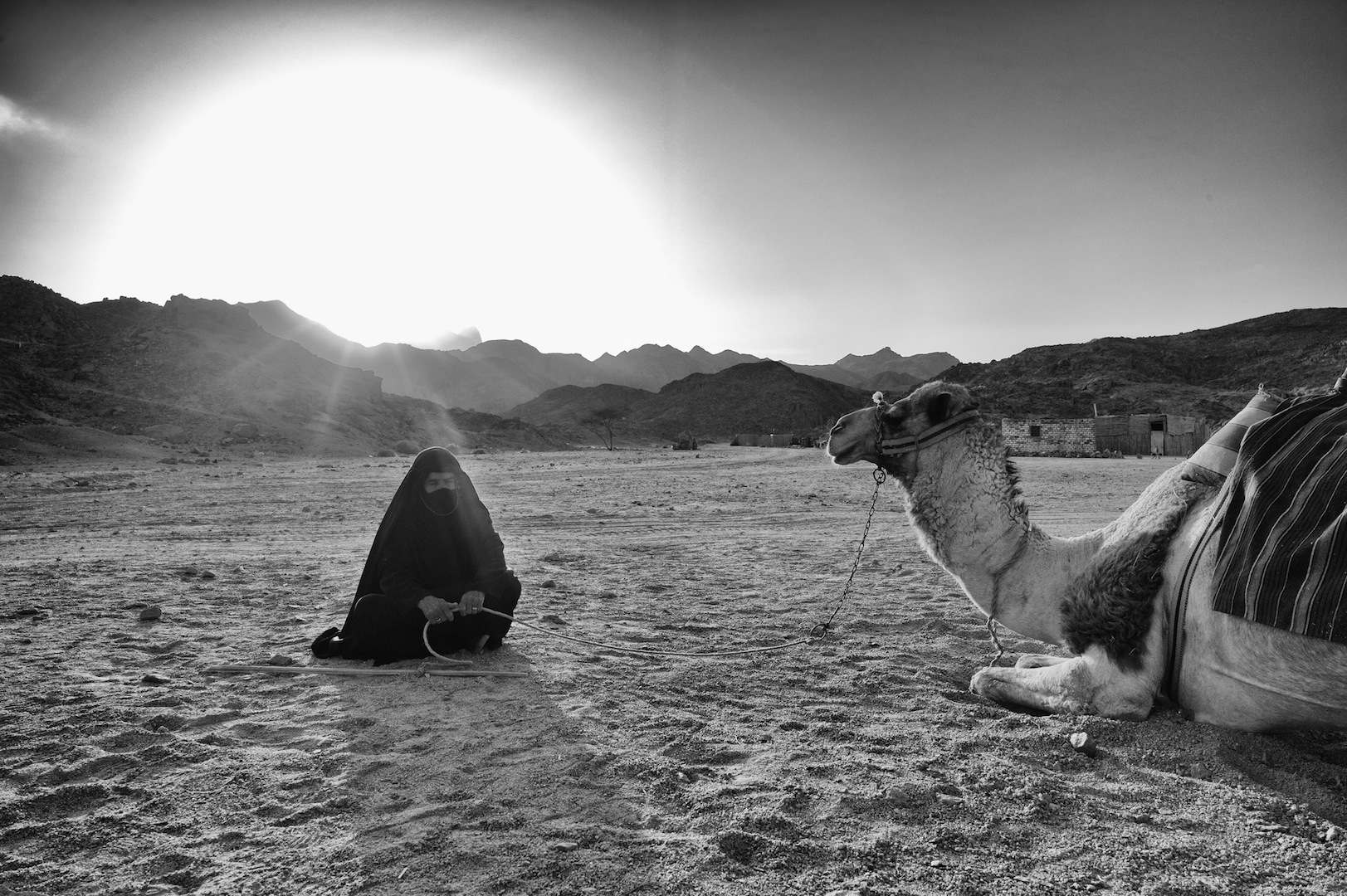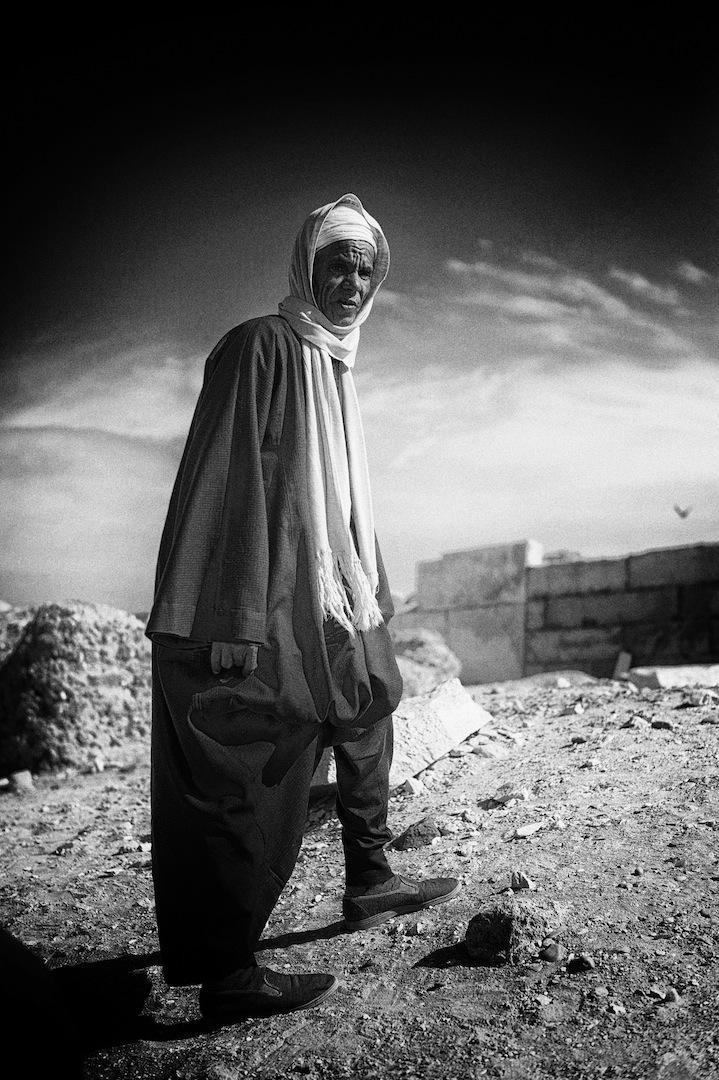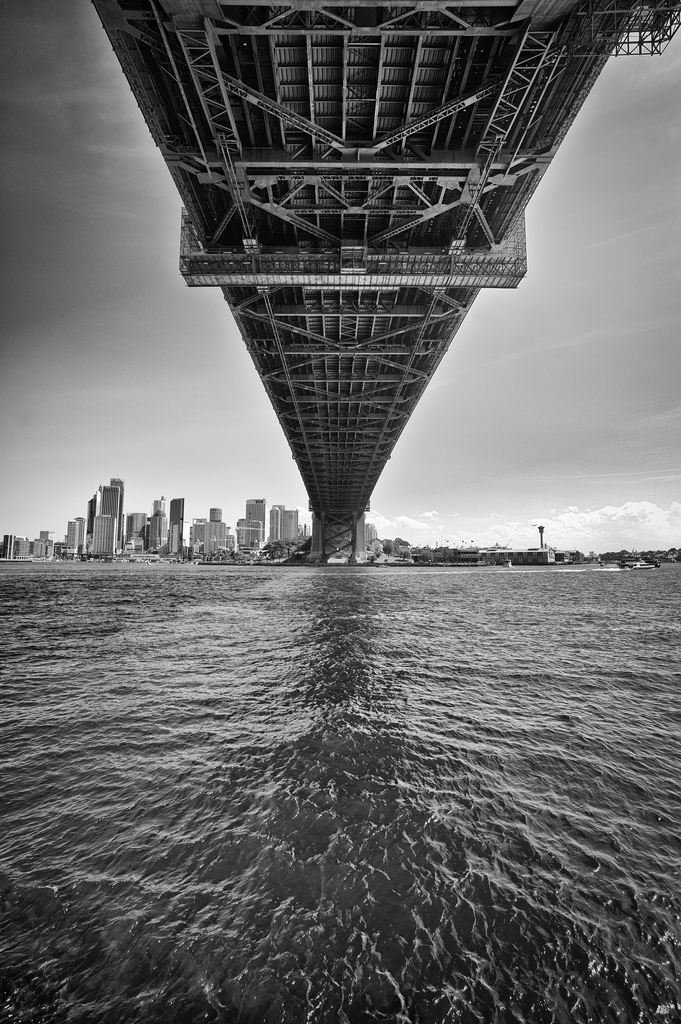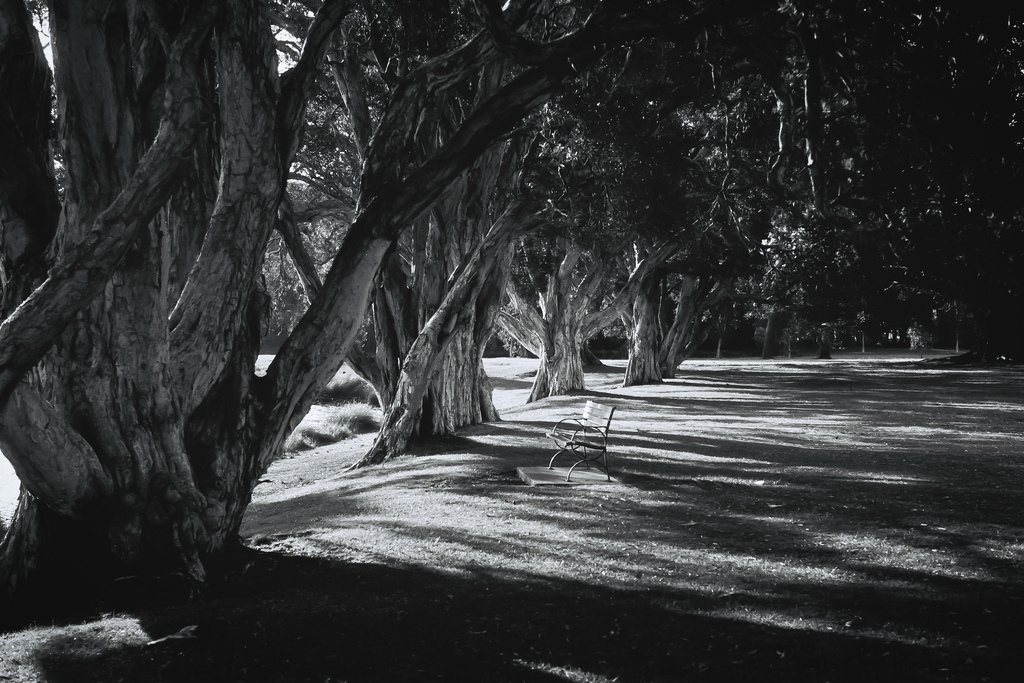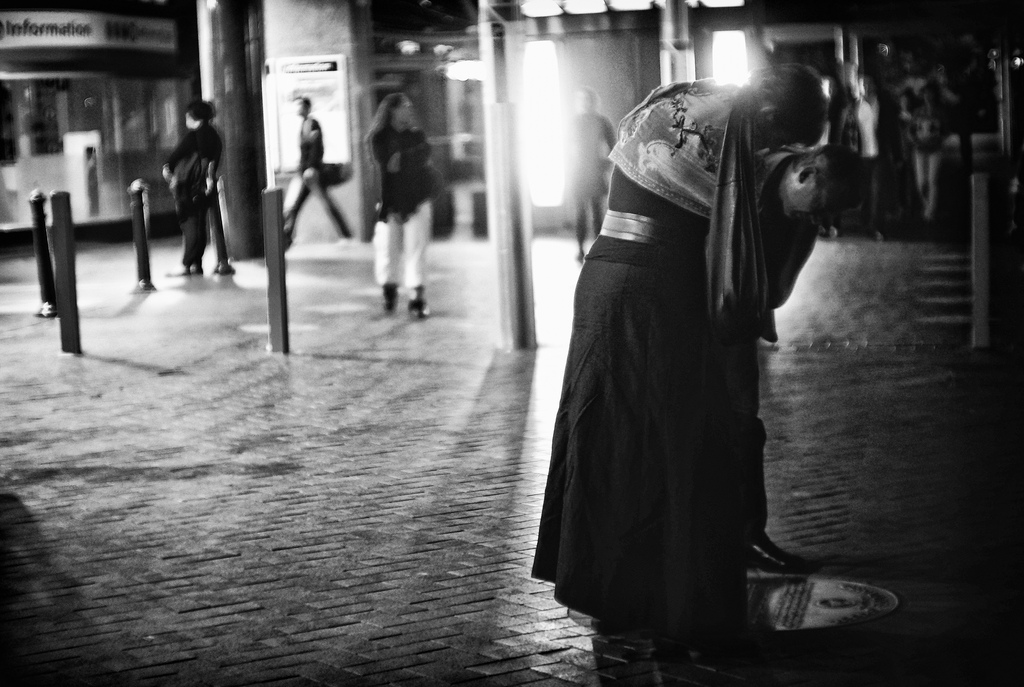Nikkor 50mm f1.1 lens was the world’s second fastest production lens since the release of Zunow 50mm f1.1. Zunow began the development for ultra fast lenses in 1953 and Nikon joined the competition a few years later in 1956.
The Nikkor 50mm F1.1 is a rare and collectible lens. It is an impressive lens that offers ultra shallow depth of field at f1.1 in reasonable size and weight.
Production Versions
- Internal Nikon Mount (1500 units)
- External Nikon Mount (1800 units)
- Leica Screw Mount / LTM (200 units)
The Lens also can be modified to Leica M Mount through a professional technician, which allows it to be used on Leica M Rangefinders without the need of adapters.
Build Quality
The Nikkor 50mm F1.1 is a solidly constructed lens with different barrel design but same optics throughout its version variants. Normally, the barrel design is consisting of a black paint lens body with a chrome barrel ring on top. The lens reviewed here has been modified to Leica M mount, which displays an extra section of mount finished in matte black.
The size and weight of the lens is similar to the Voigtlander 50mm F1.1 or the Leica 50mm F1.2 Noctilux, which is not too heavy and well balanced on Leica Rangefinders. The lens is relatively compact considering it is an ultra fast lens with a maximum aperture of F1.1.
Common Issues
A) Separated Lens Element
B) Damaged Diaphragm Blades
Both issues can be fixed by a skilled technician.
Image Quality
The Nikkor 50mm F1.1 produces decent sharpness when shot wide open and offers a very shallow depth of field. At its maximum aperture of F1.1, It is sharp in the center but soft around the corners. However, the sharpness increases gradually when stepping down until it reaches peak sharpness at F8. The rendering of the lens is very similar to its little brother the Nikkor-SC 50mm F1.4 with classical Nikon rendering and signature vintage soft glow when shot wide open.
Nikon applied their lastest optical technology at the time by applying guass elements to three convex lenses. This results more glass to weaken each lens element in order to reduce the curvature of field and correct spherical aberration As a result of its symmetric optical design, the lens achieves low distortion, minimal lateral chromatic aberration and high resolving power.
Nikkor 50mm F1.1 vs Canon 50mm F0.95
The Canon 50mm f0.95 is about twice the size of Nikkor 50mm f1.1 and the Nikkor 50mm f1.1 is about half of the weight of the Canon 50mm f0.95 lens.
The Canon 50mm f0.95 was produced in greater numbers hence is much less expensive. The Nikon lens design is 9 elements in 7 groups and the Canon design is 7 elements in 5 groups. Therefore, the Canon used a newer optical design in their lenses that requires less elements allowing extra light to be transmitted.
Conclusion
The Nikkor 50mm F1.1 lens was designed more than 50 years ago and still remains a legend in the rangefinder world. As the second ultra fast lens ever produced in history and it continues to live up to modern imaging standards.
Specifications
Production Year: 1956
Construction: 9 Elements / 7 Groups
Lens Design: Optics designed by Murakami Saburo. Gauss type elements with three rare-earth lanthanum convex lenses
Maximum / Minimum Aperture: F1.1 - F16
Closet Focusing Distance: 1m
Filter Size: 62mm
Weight: 400g










